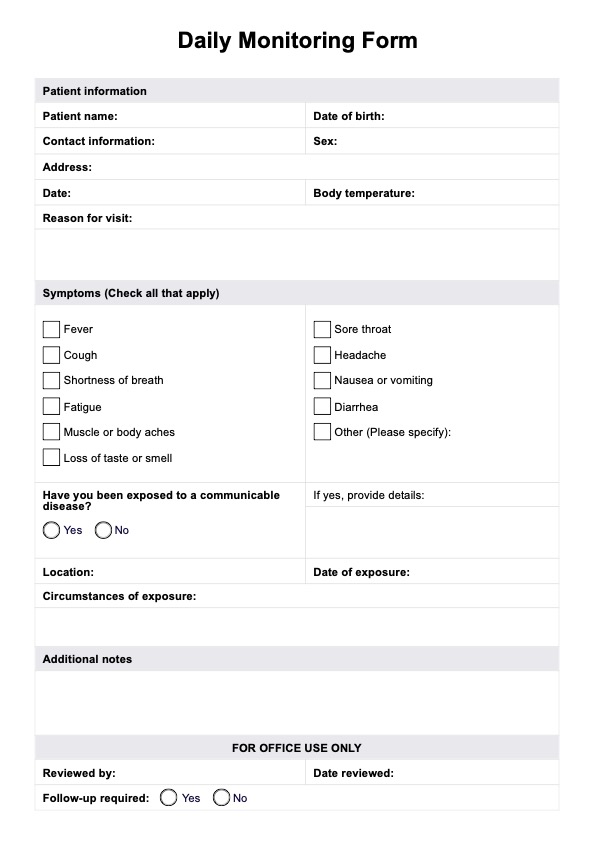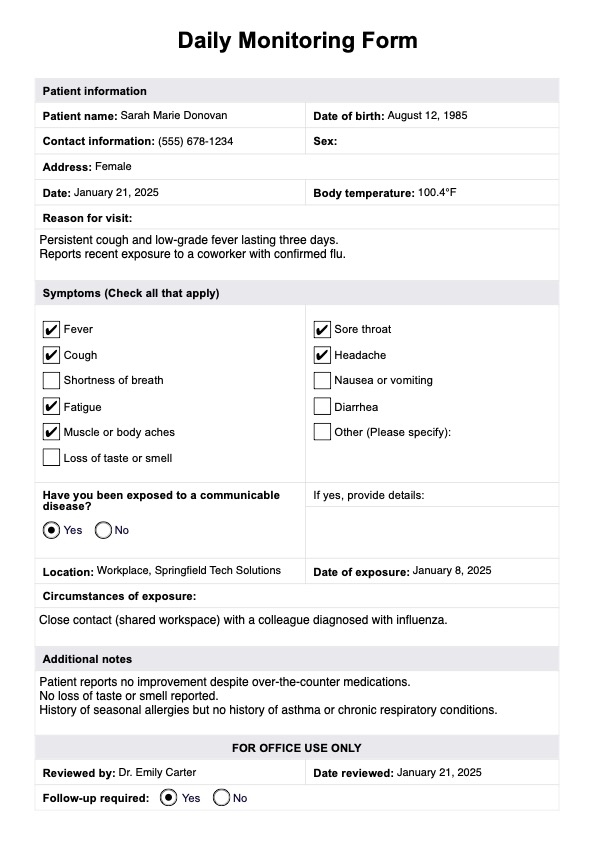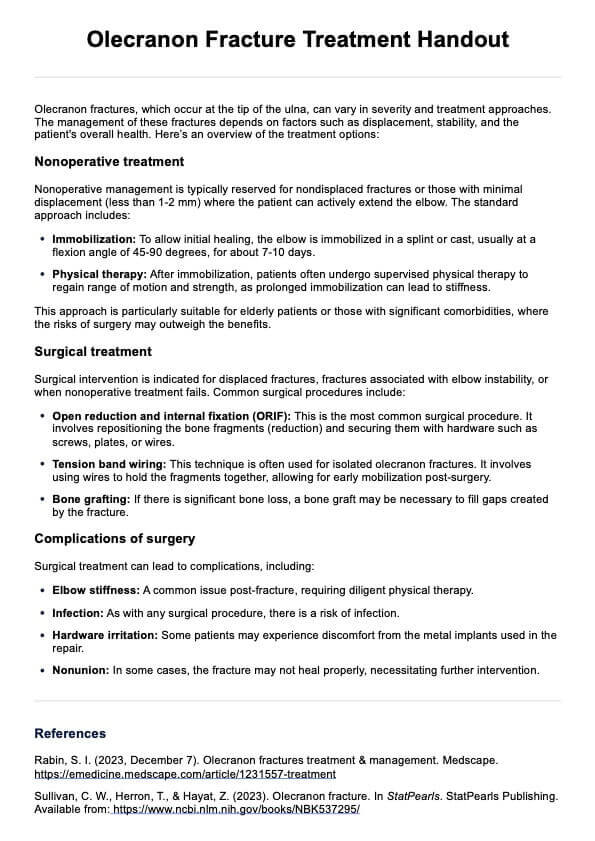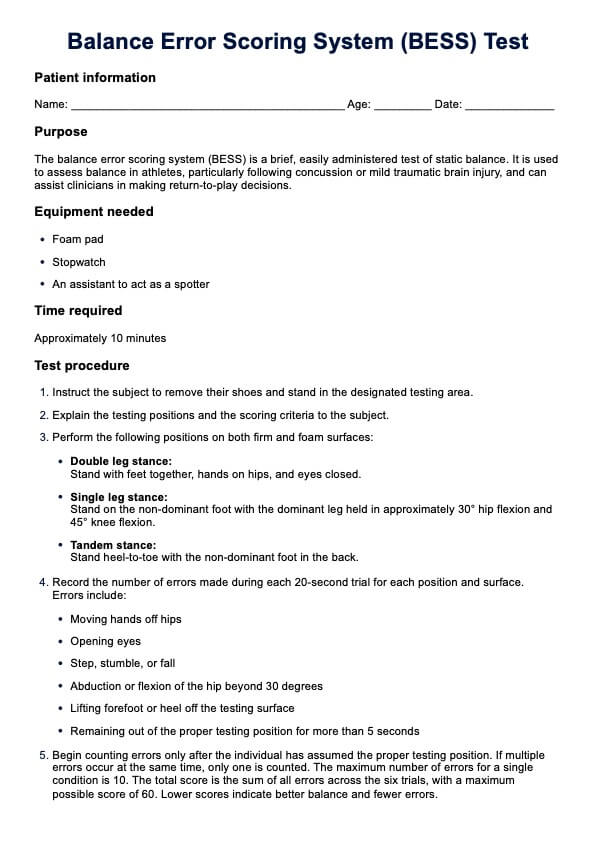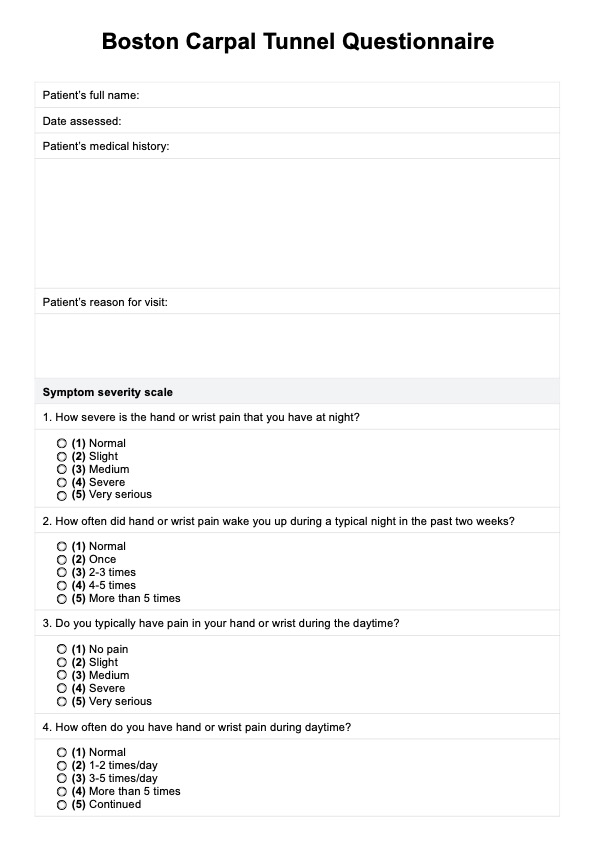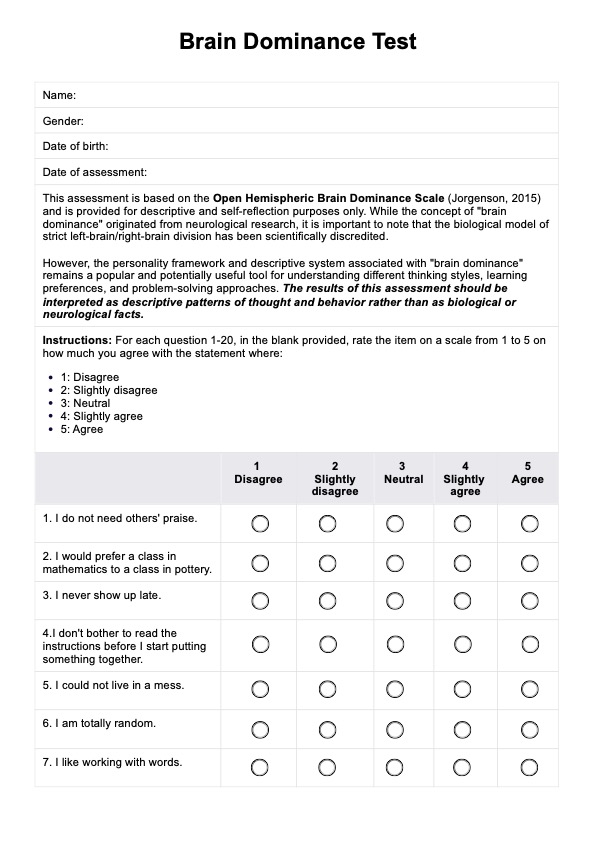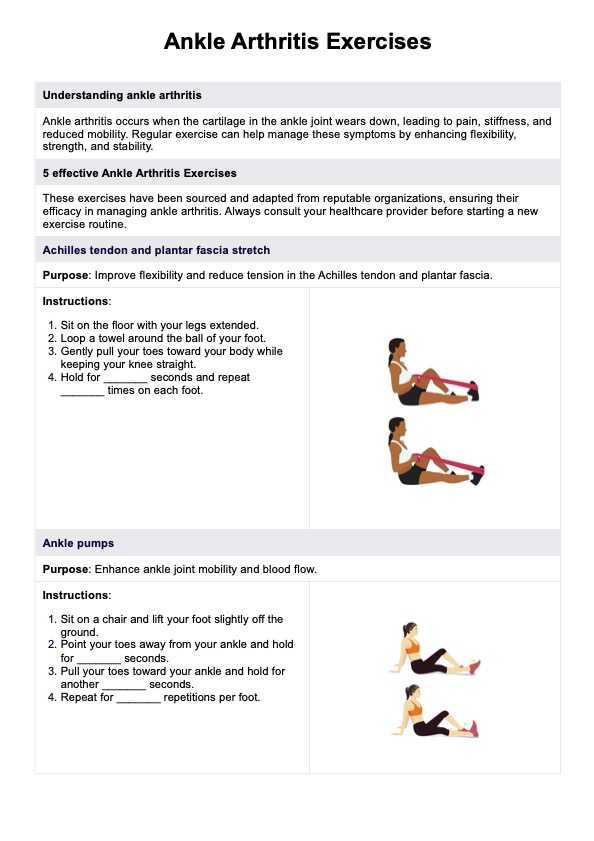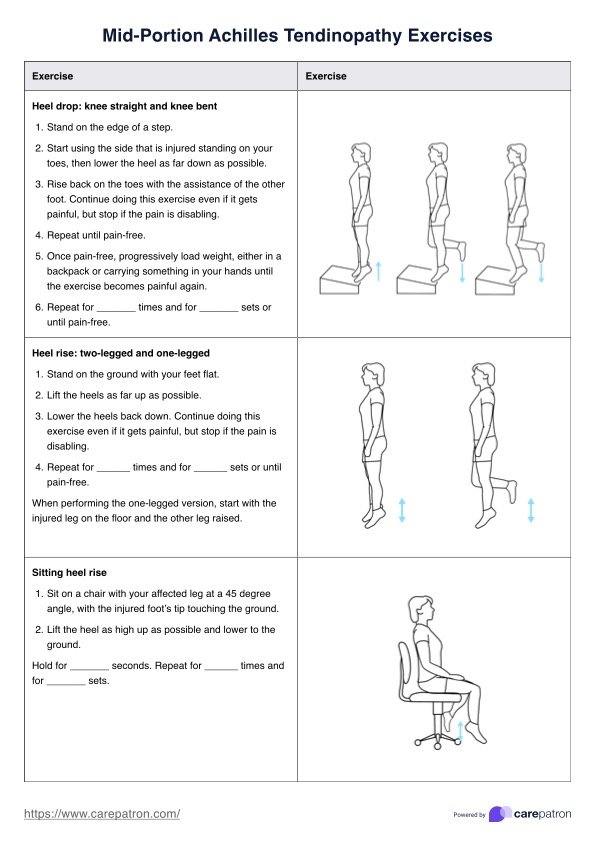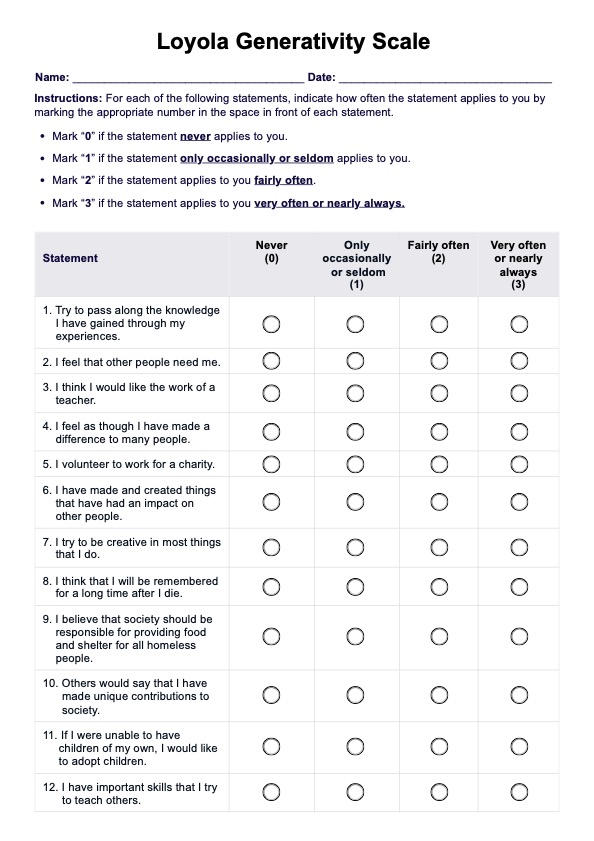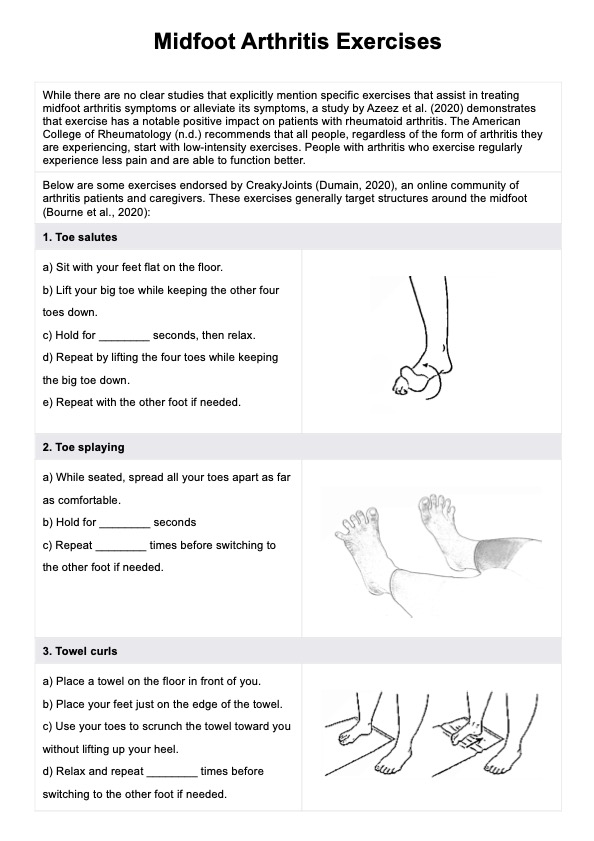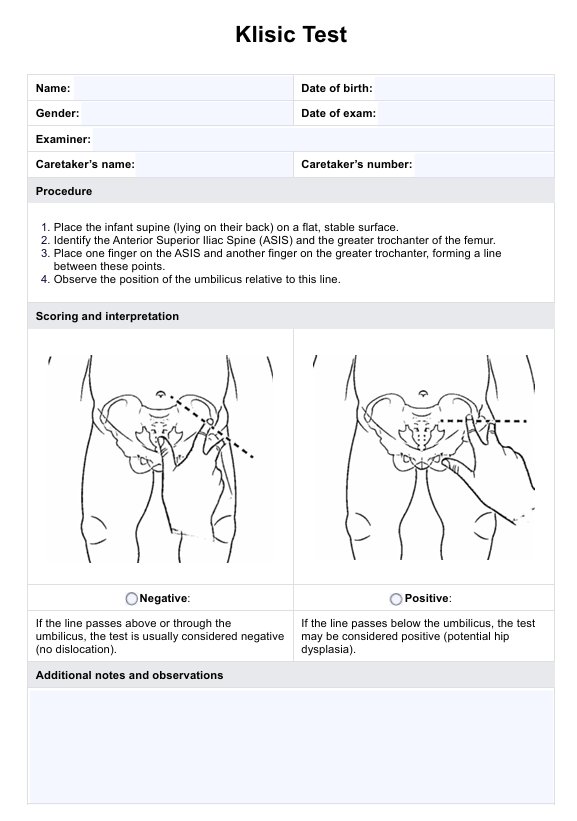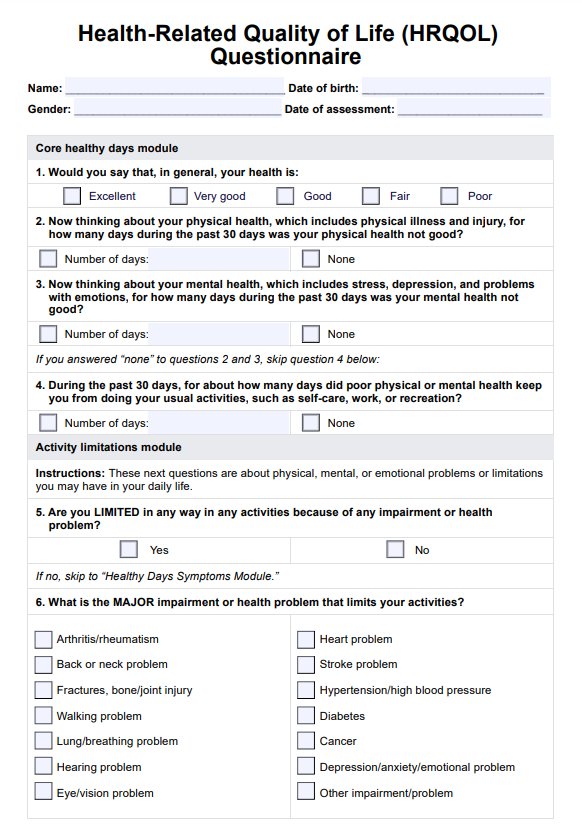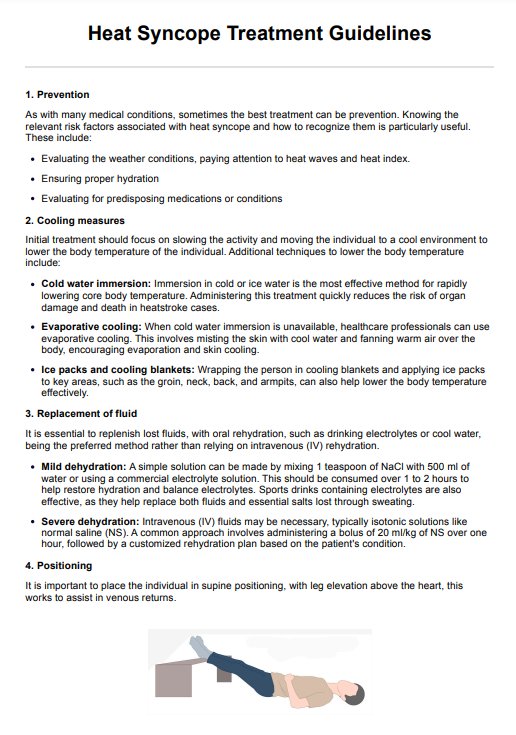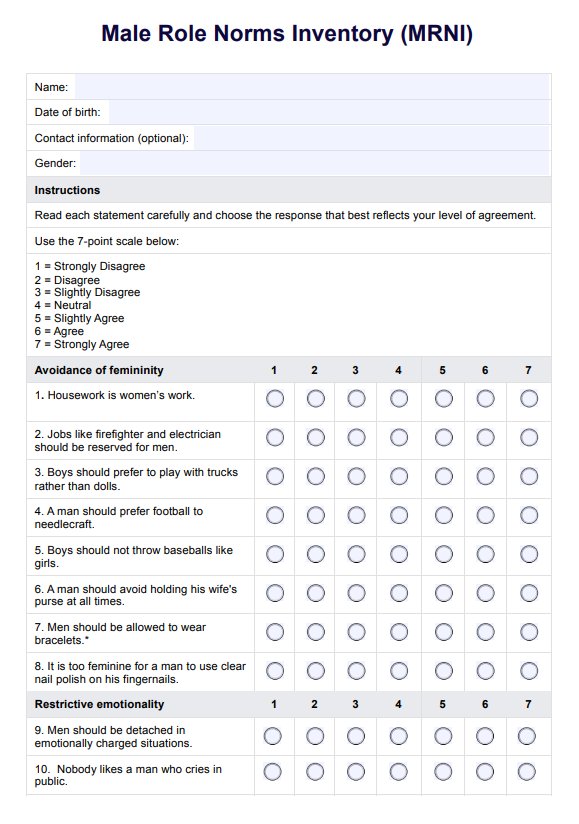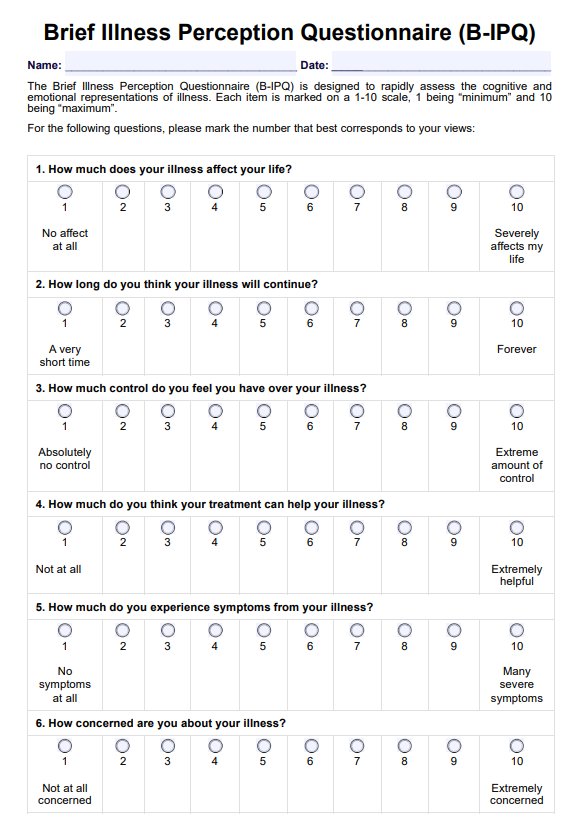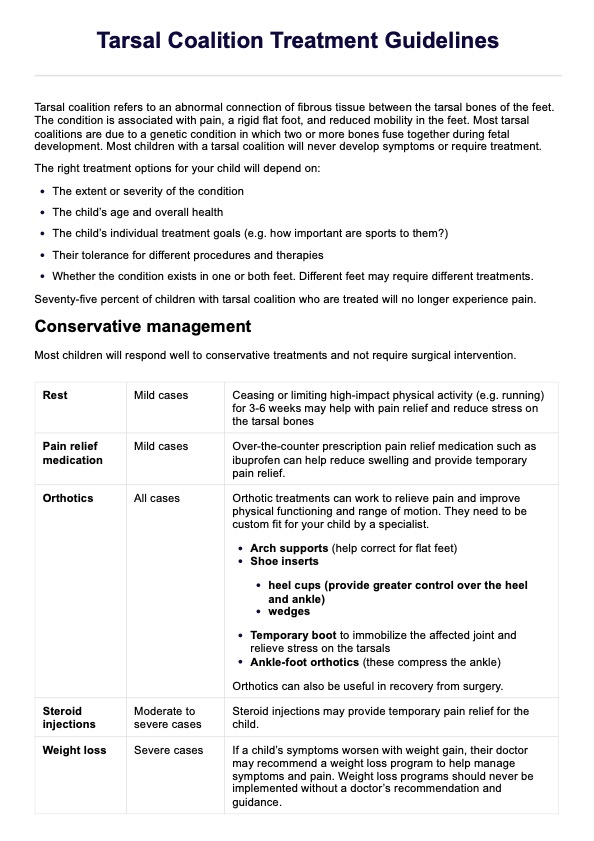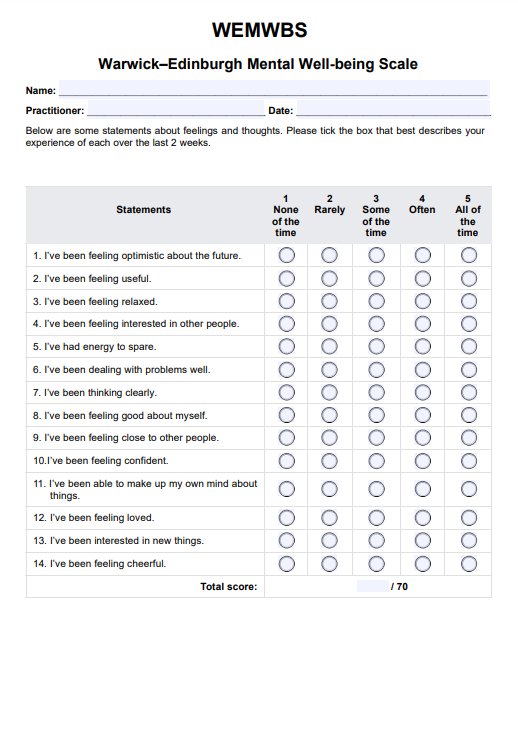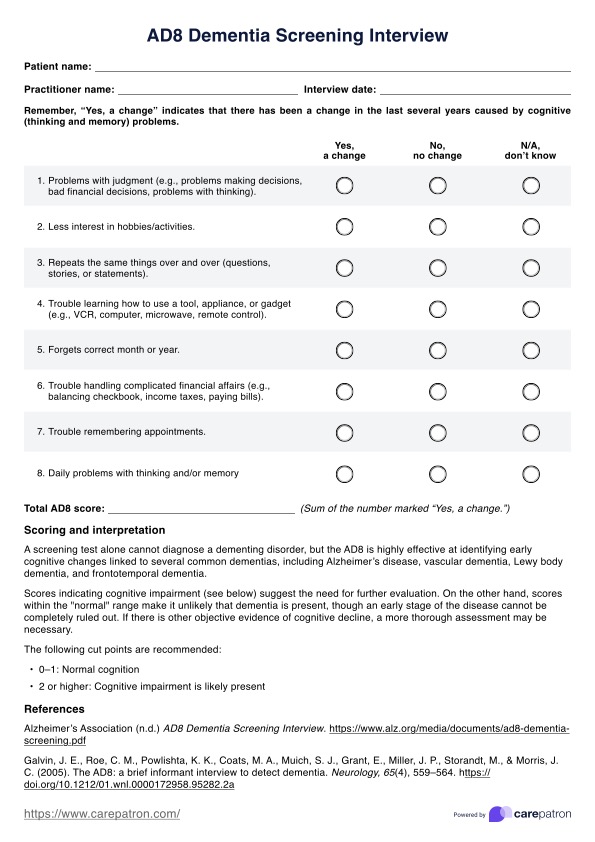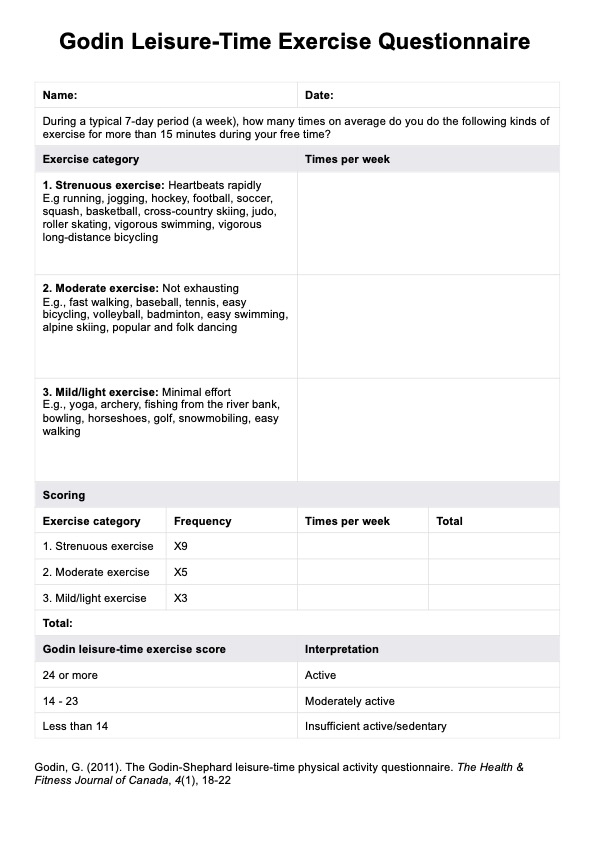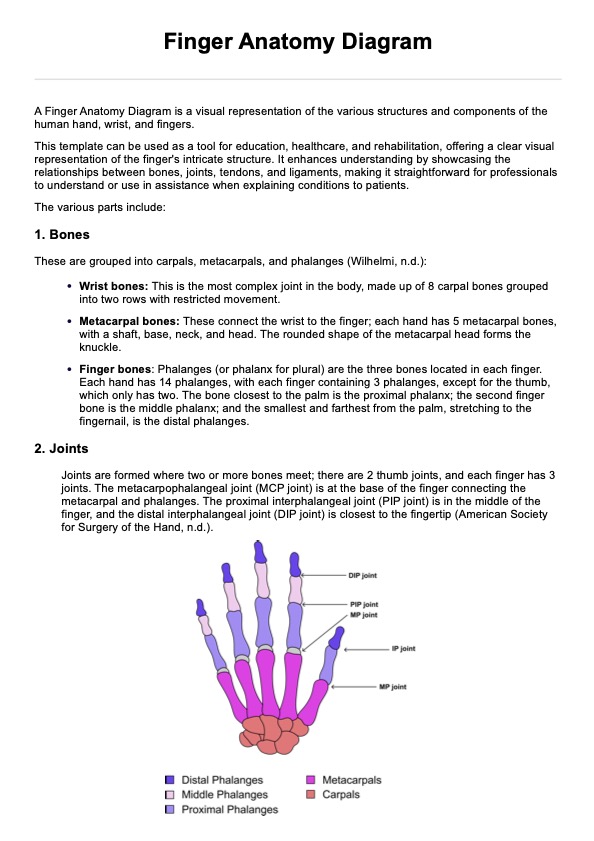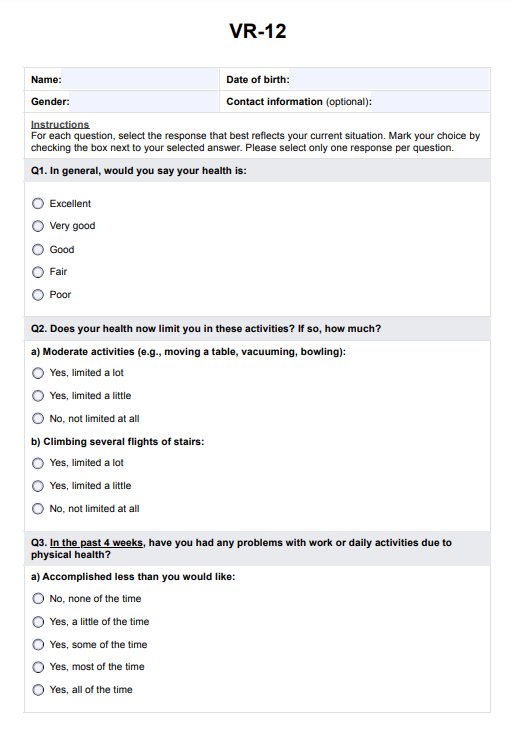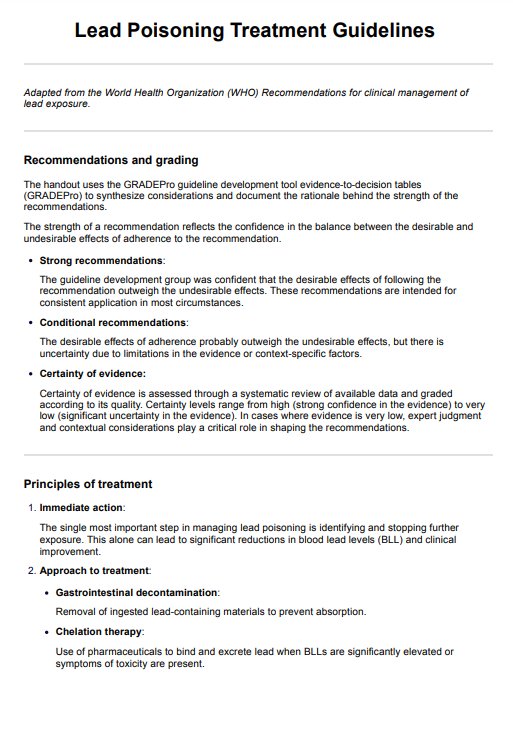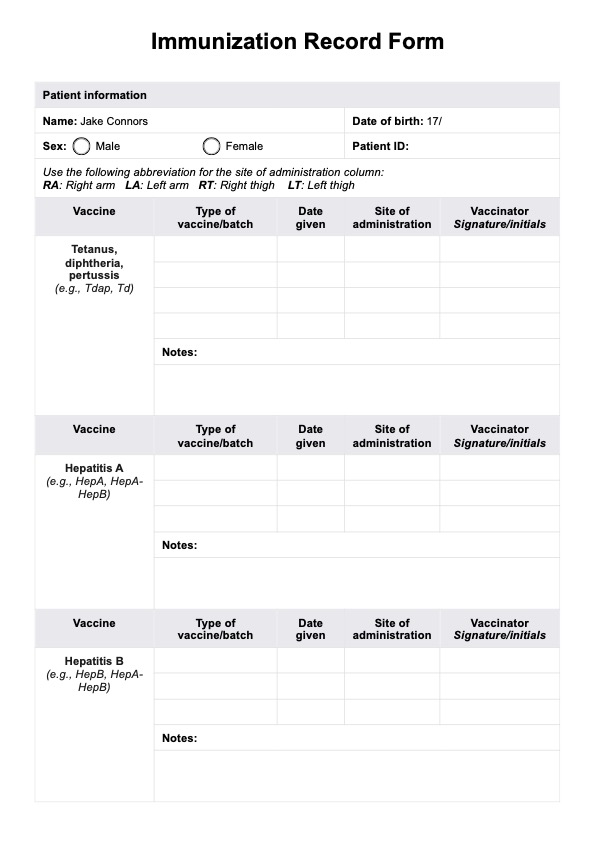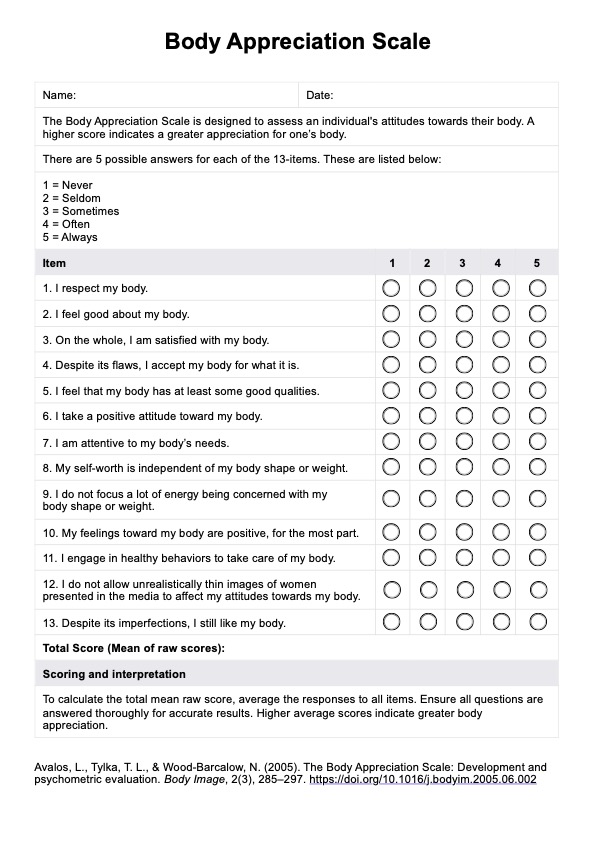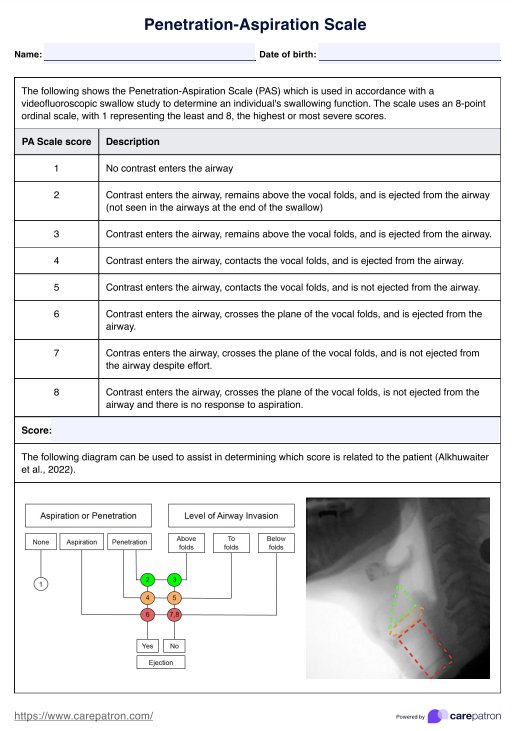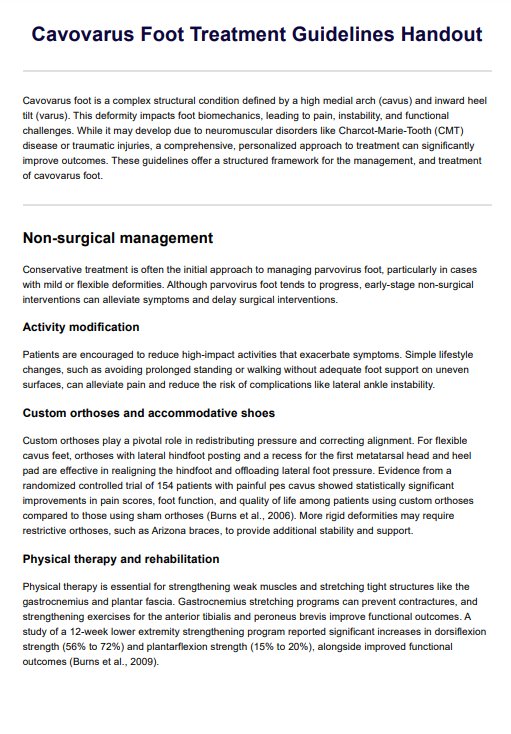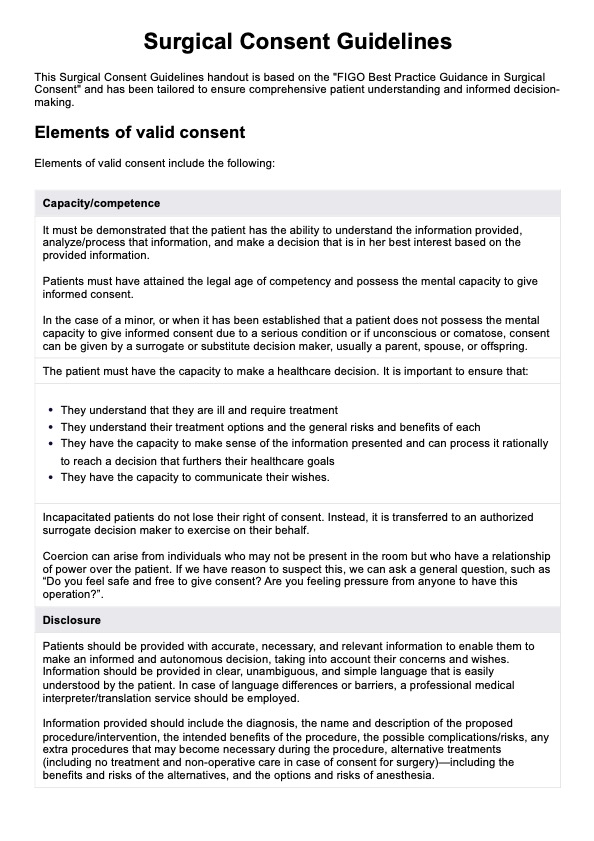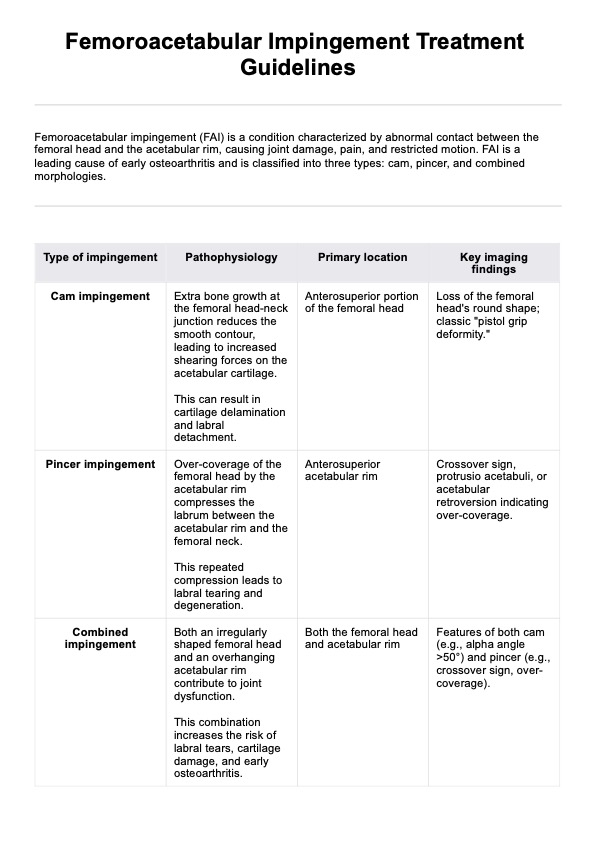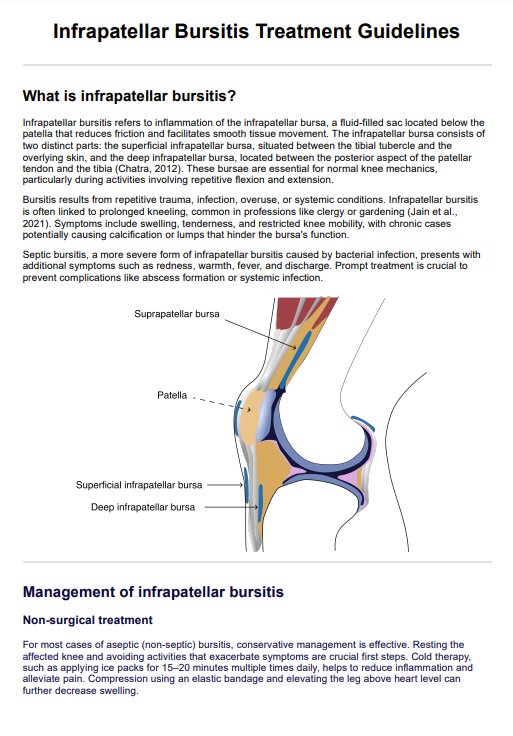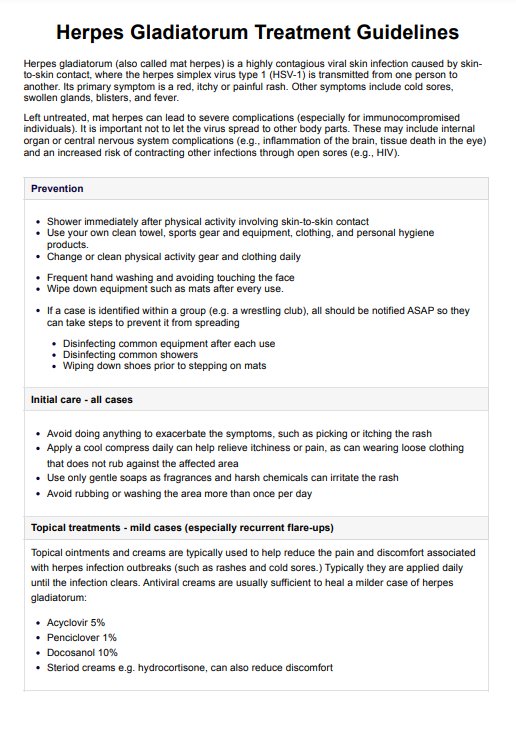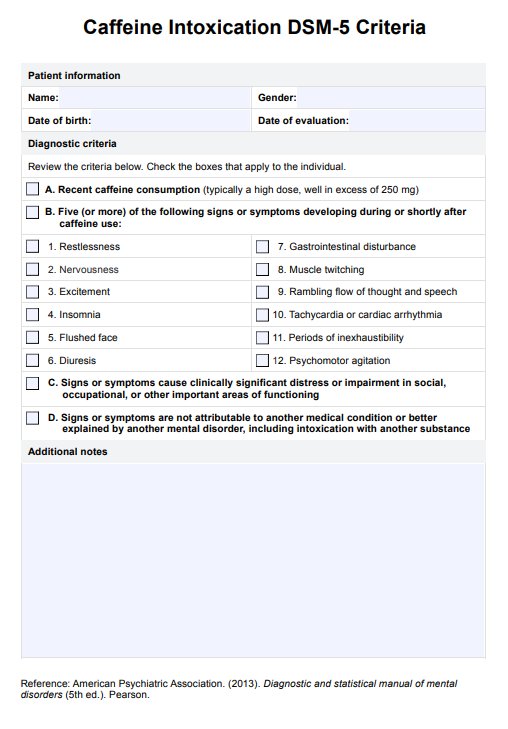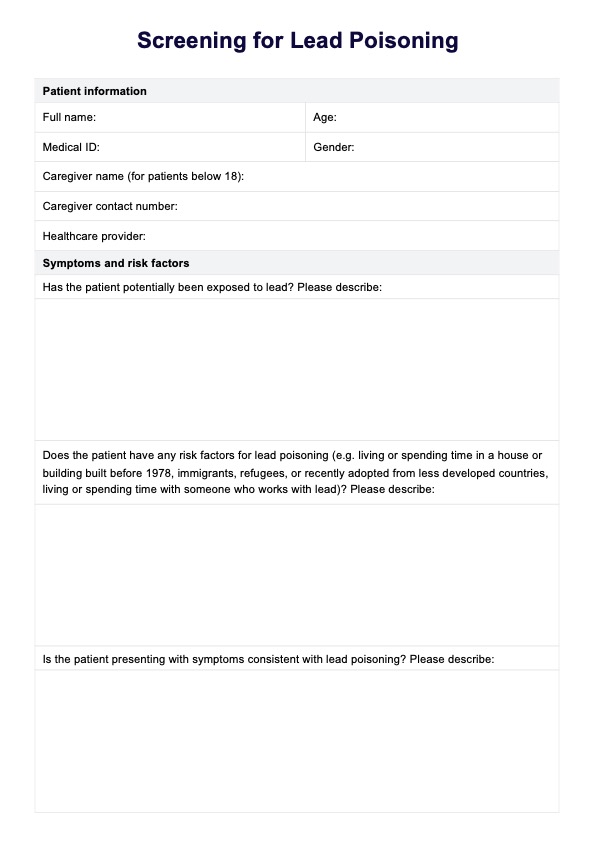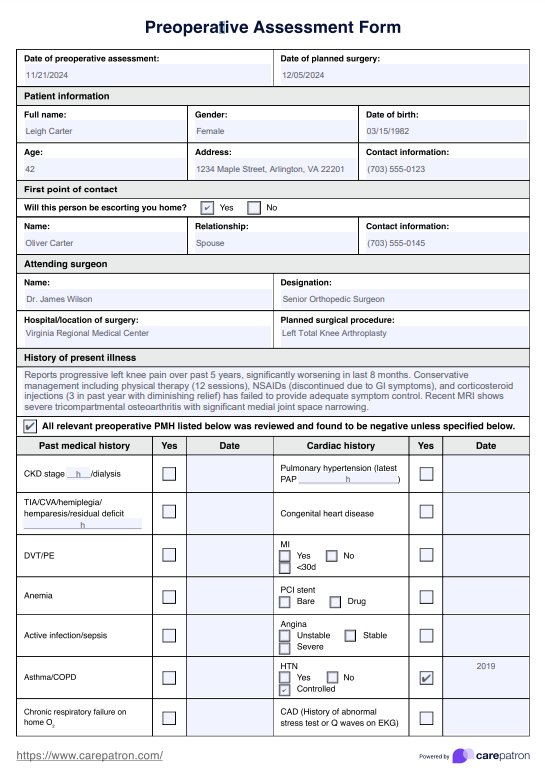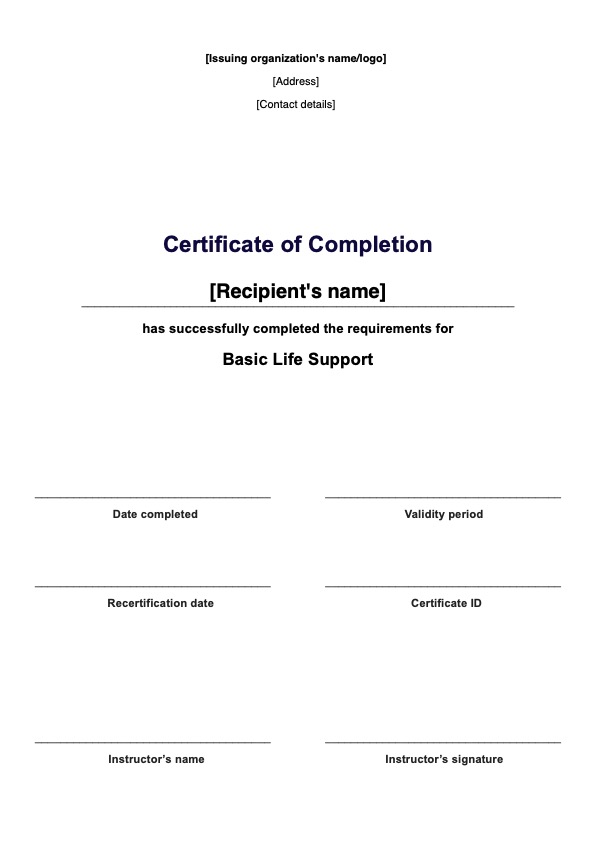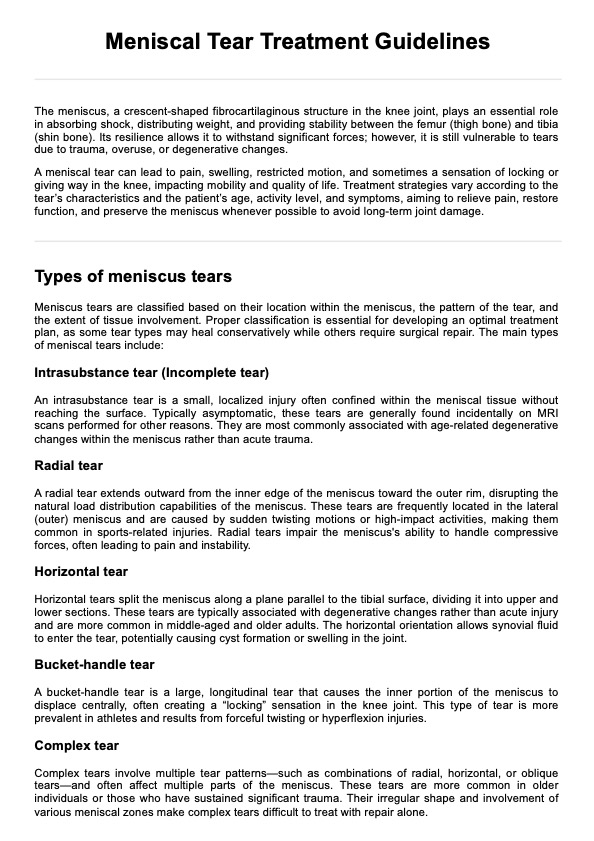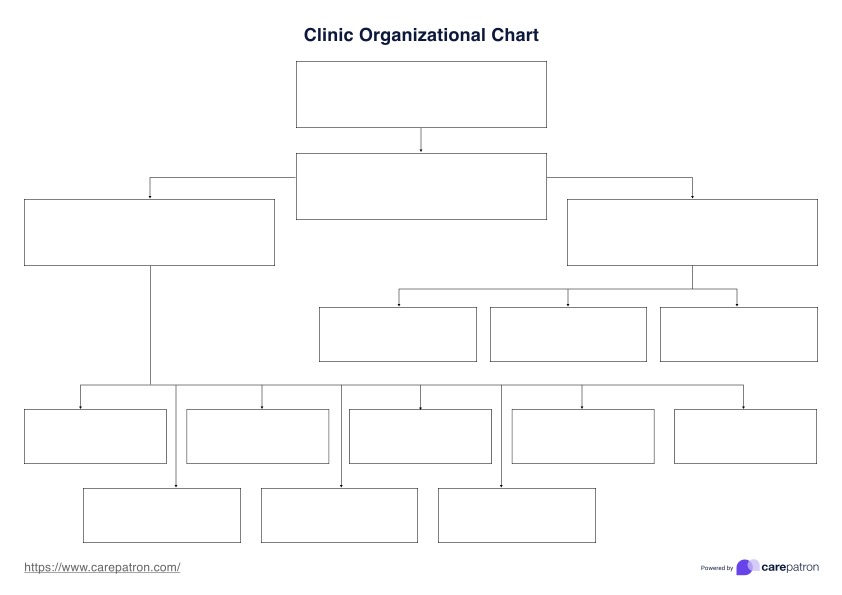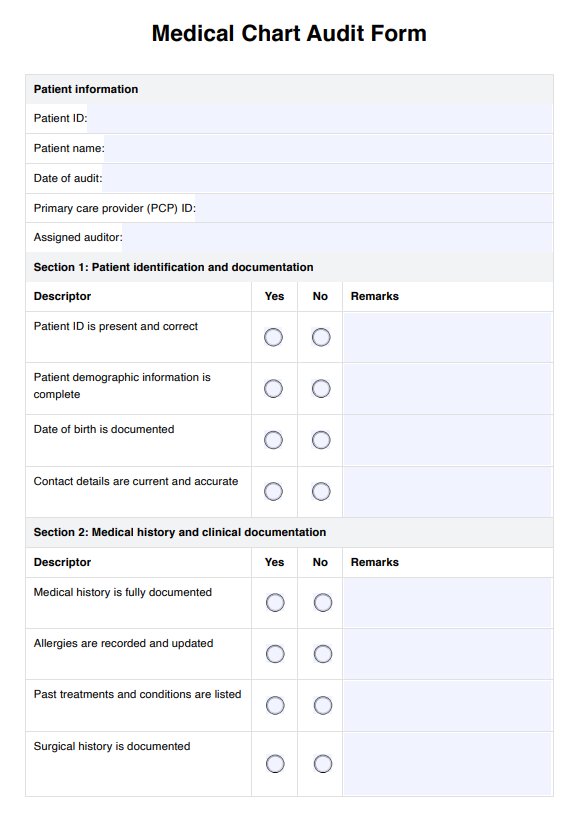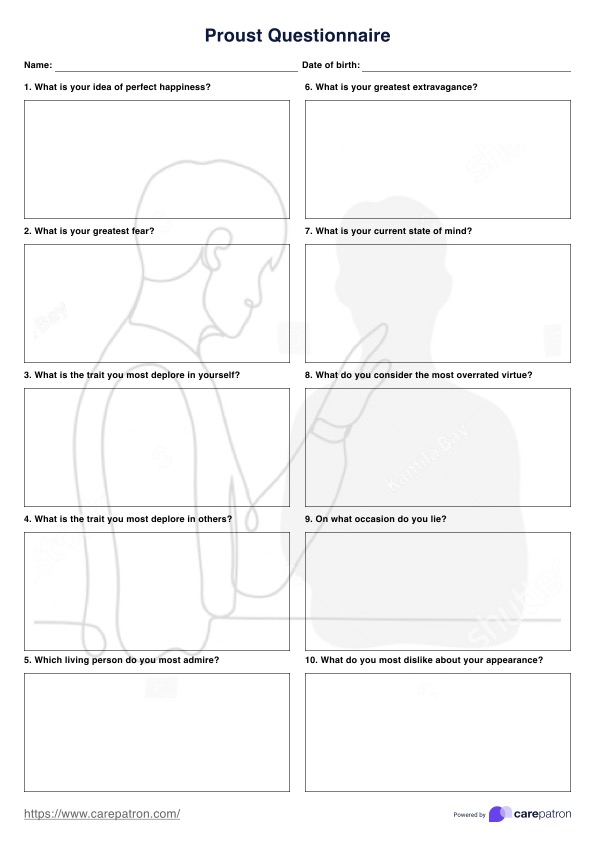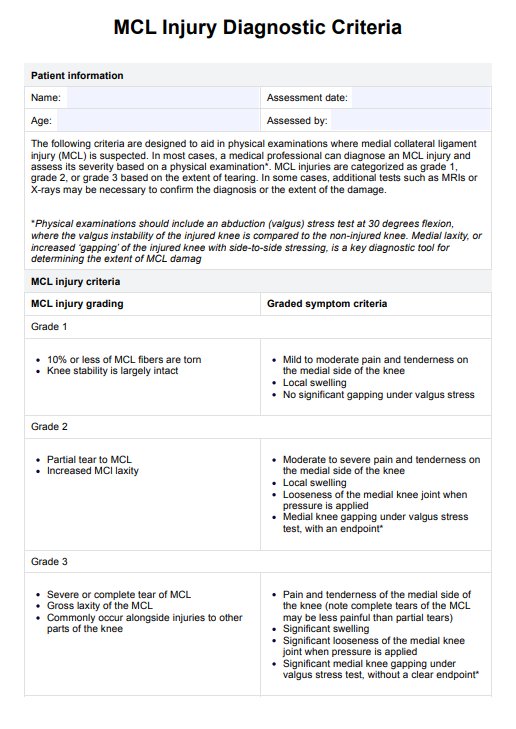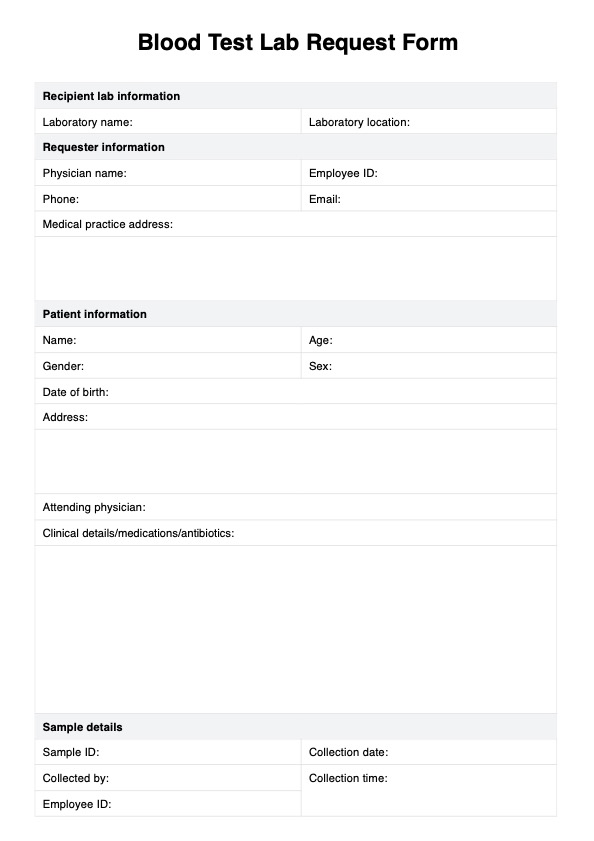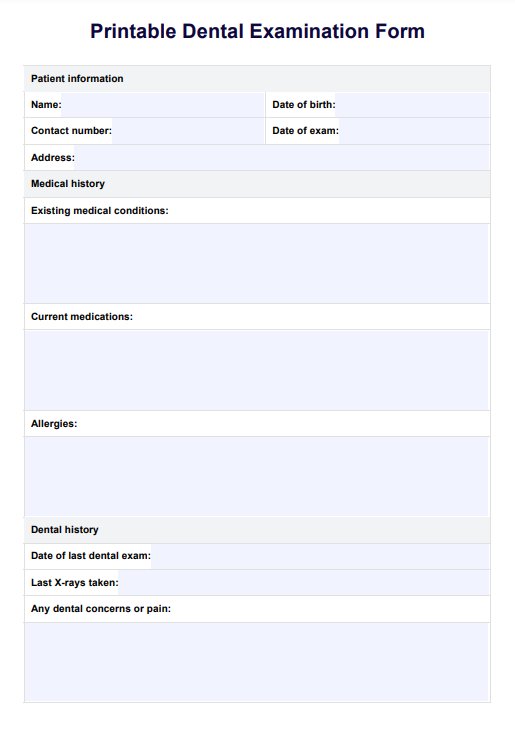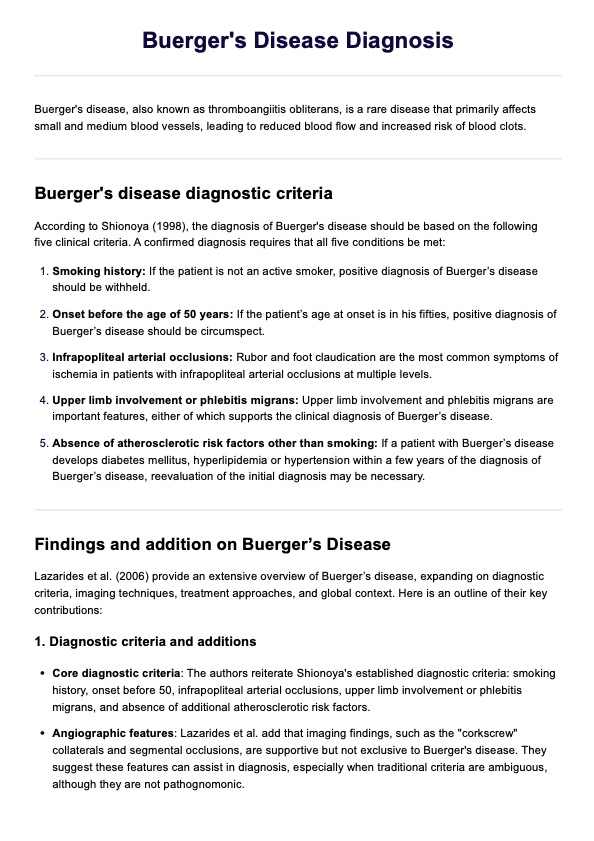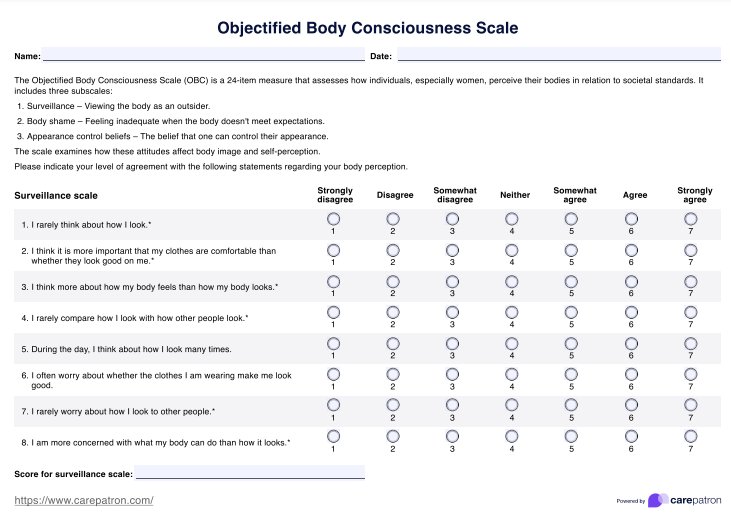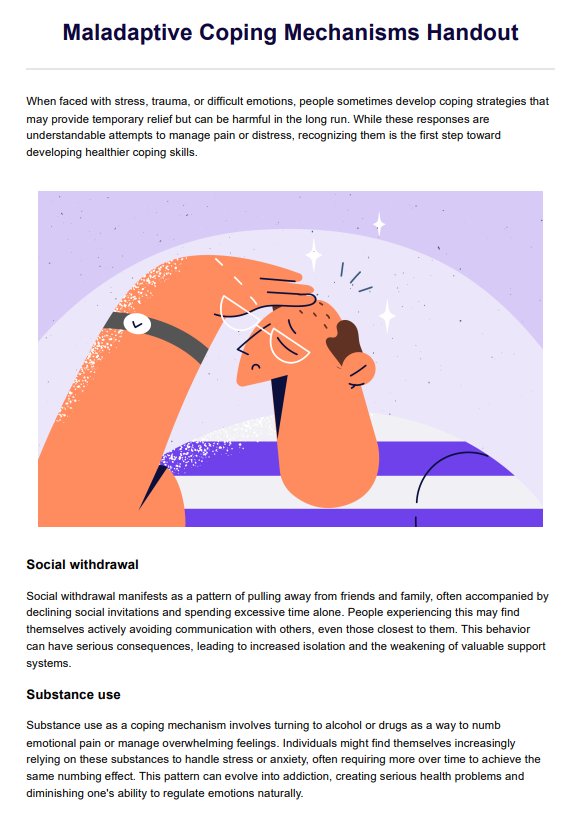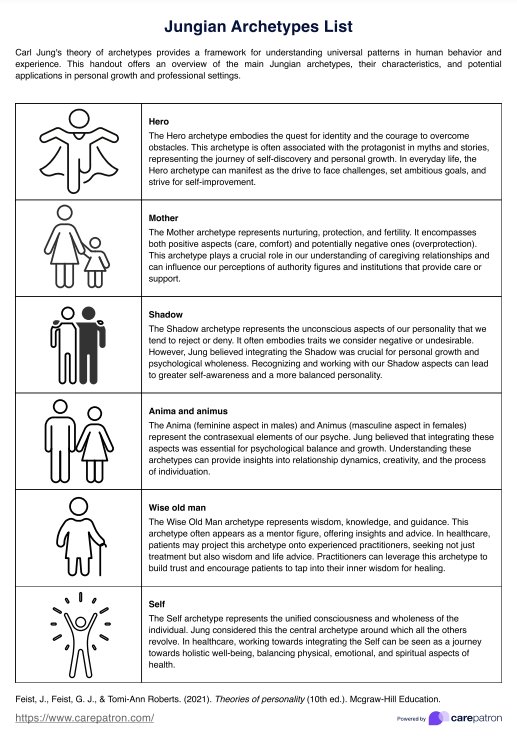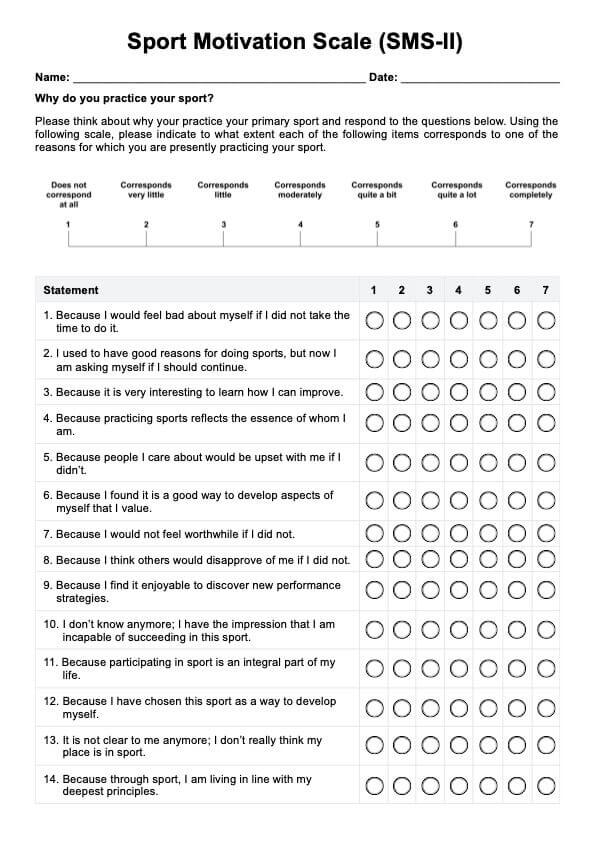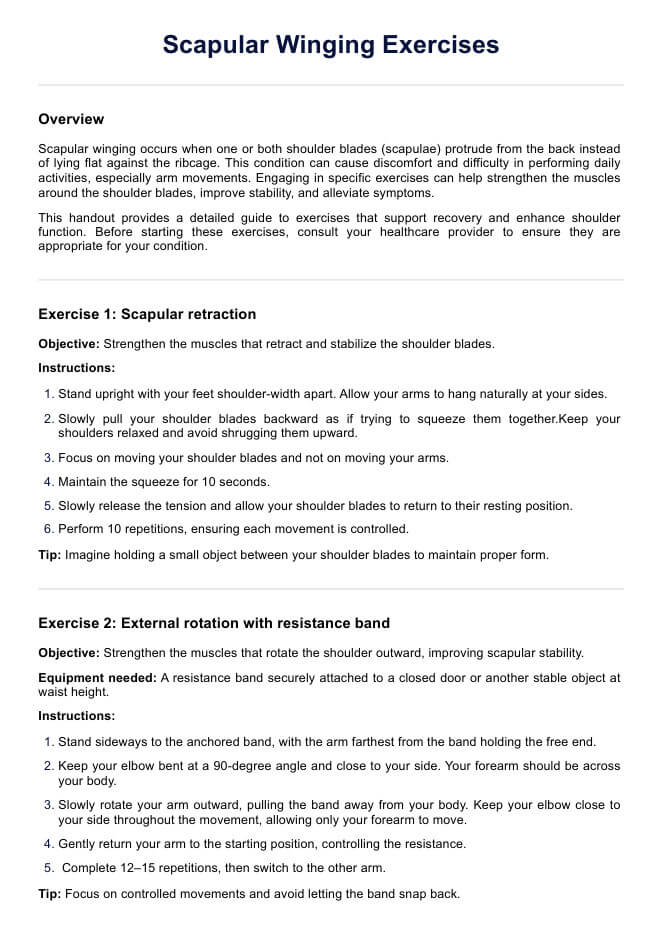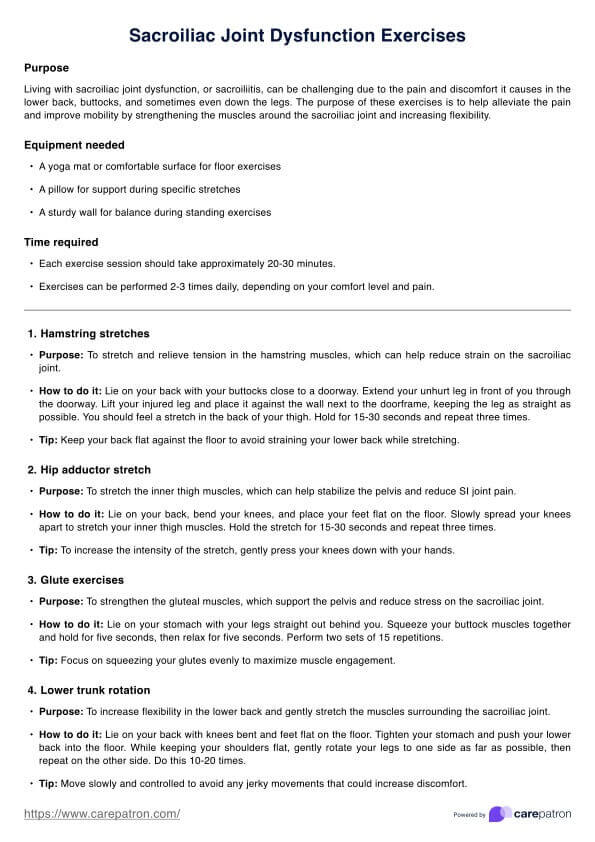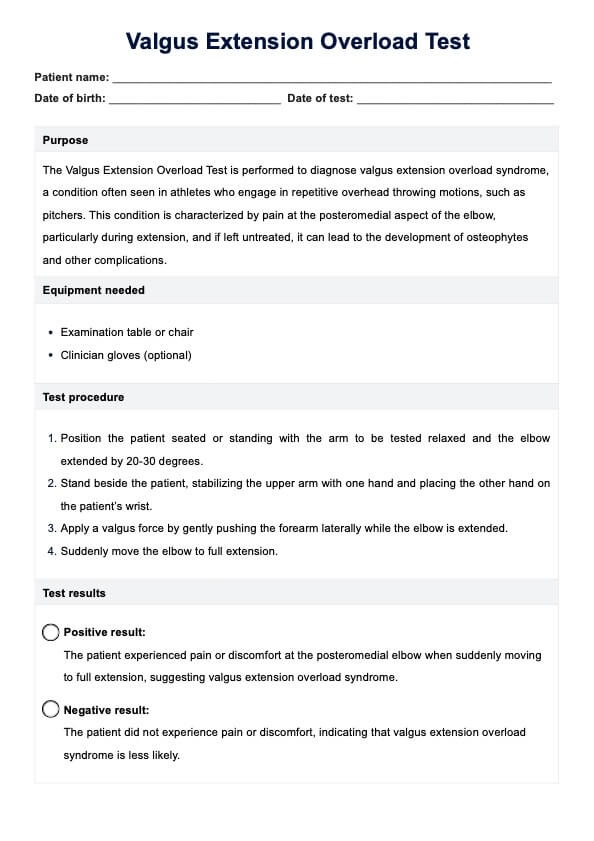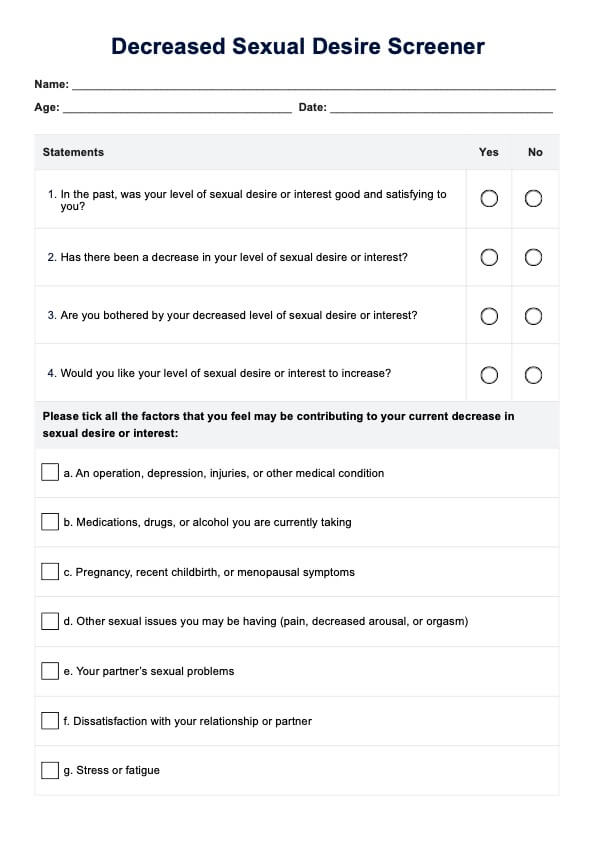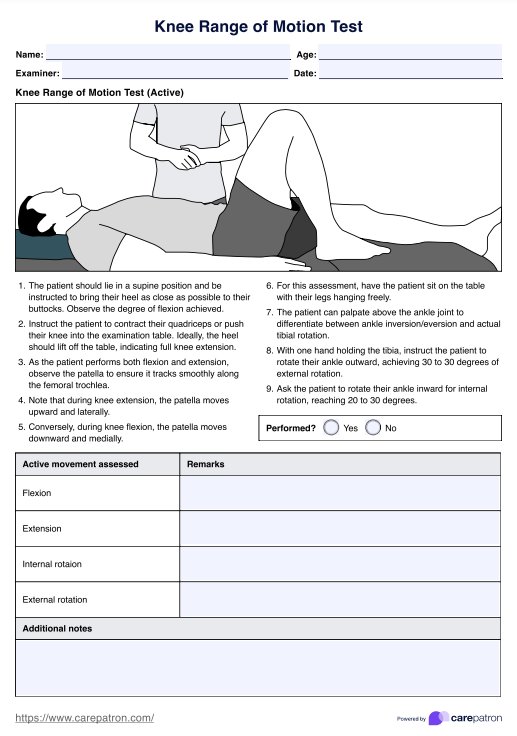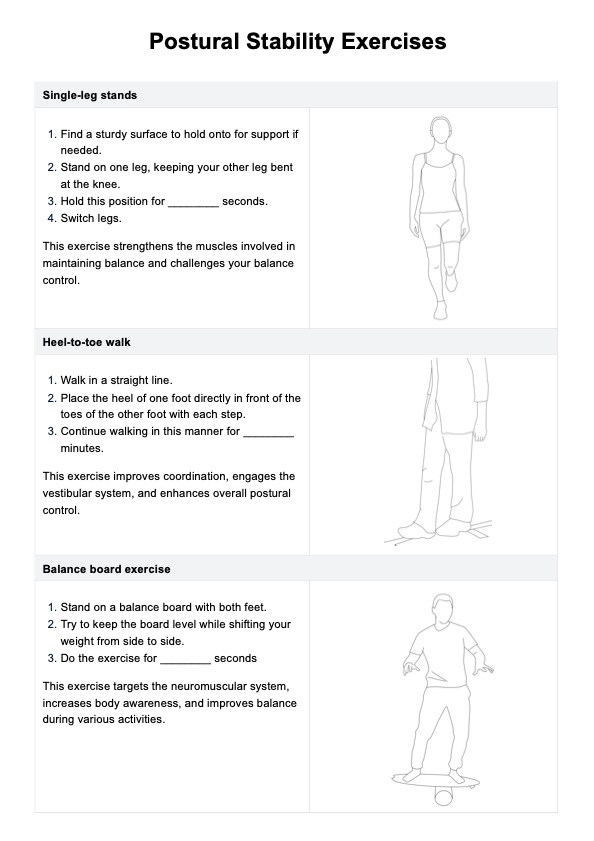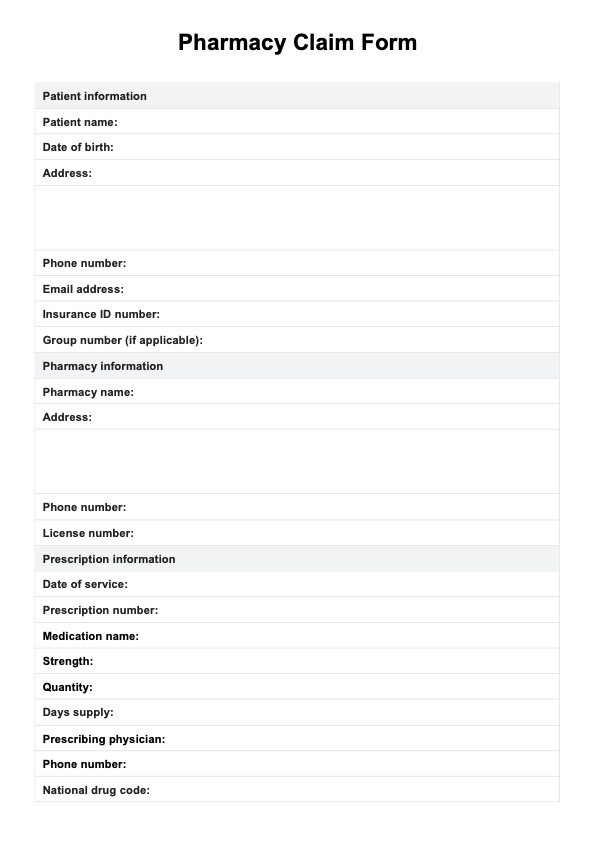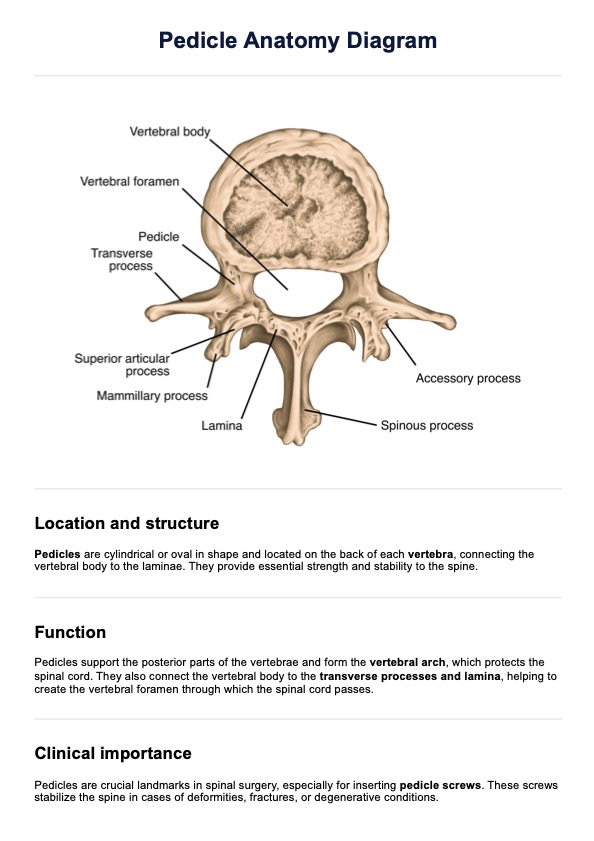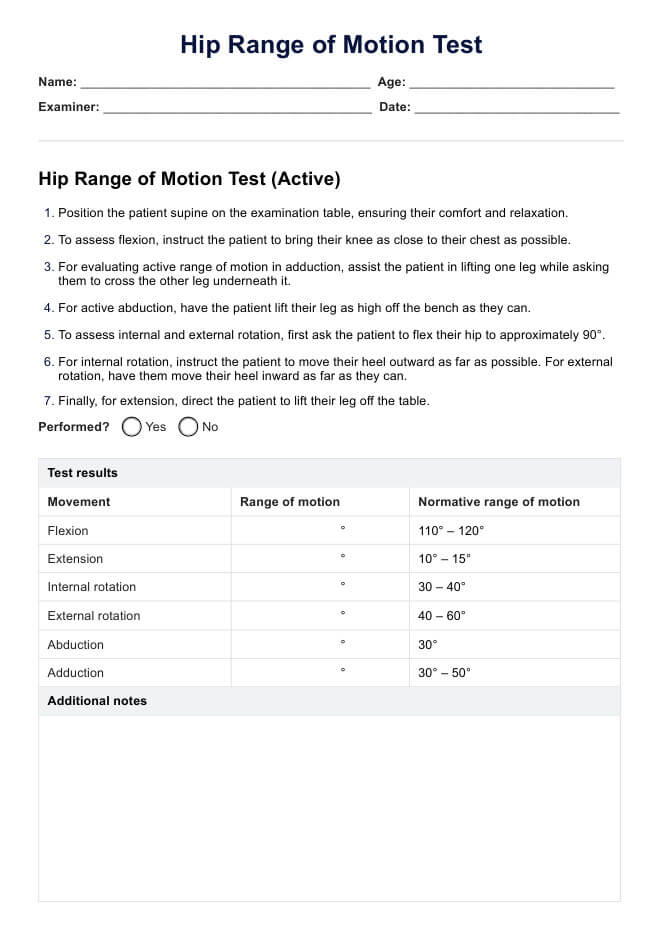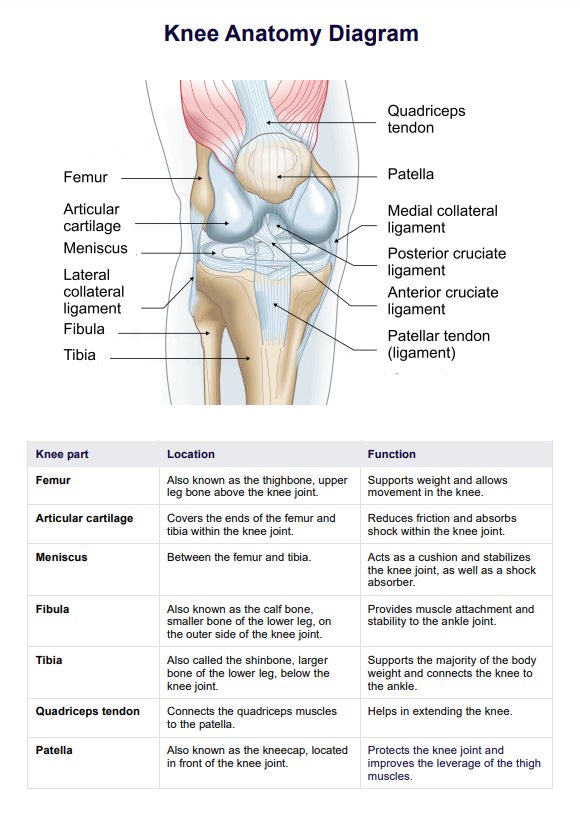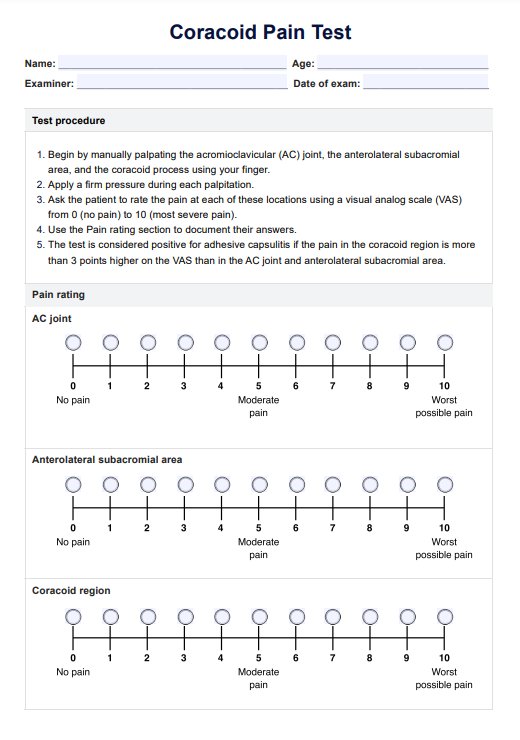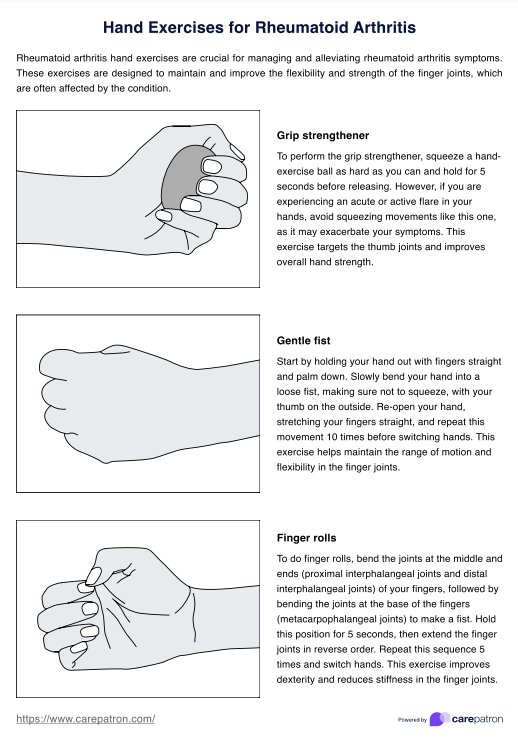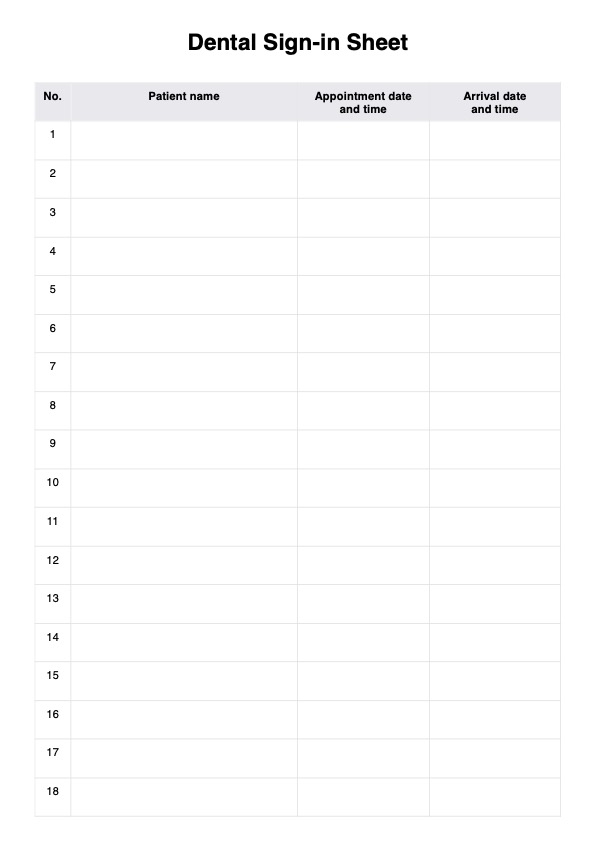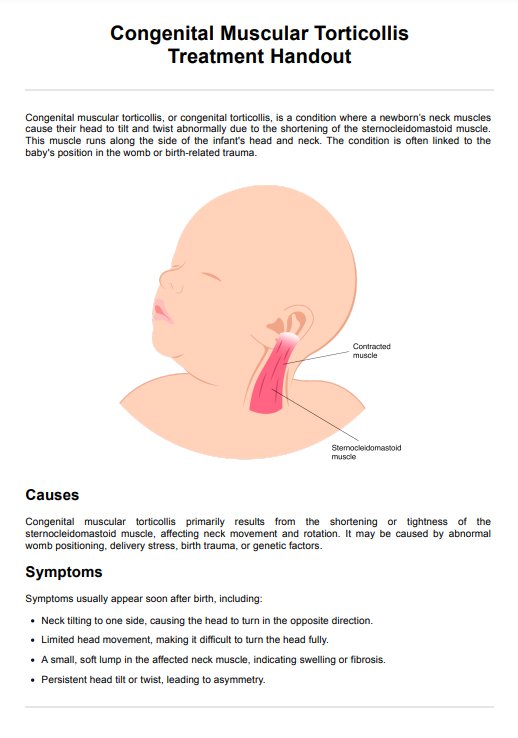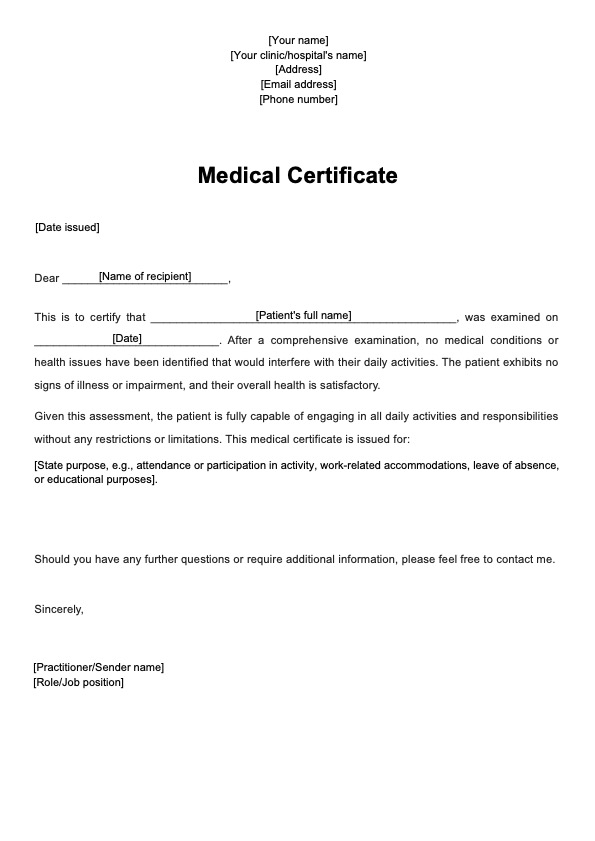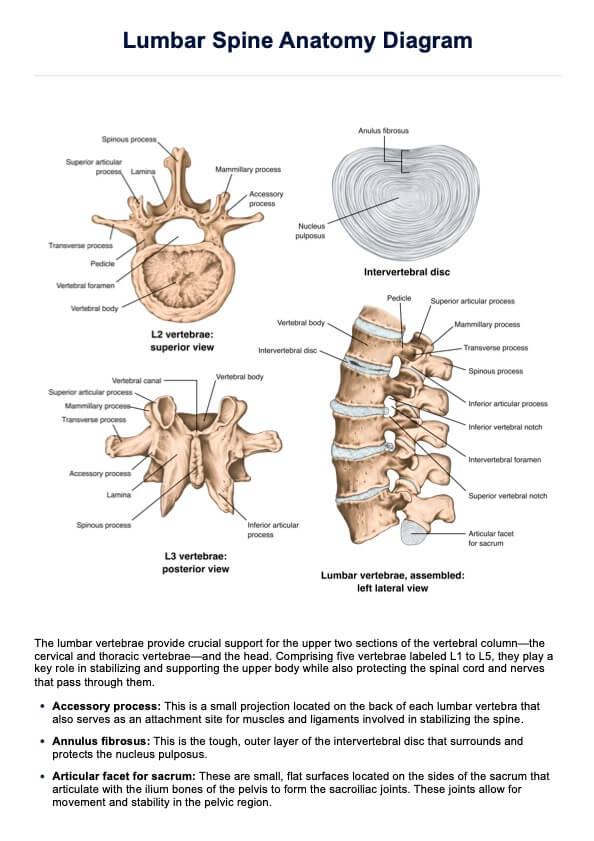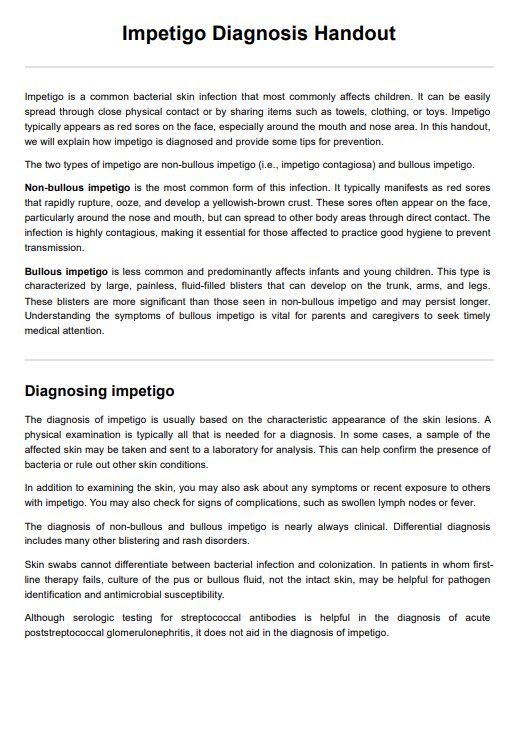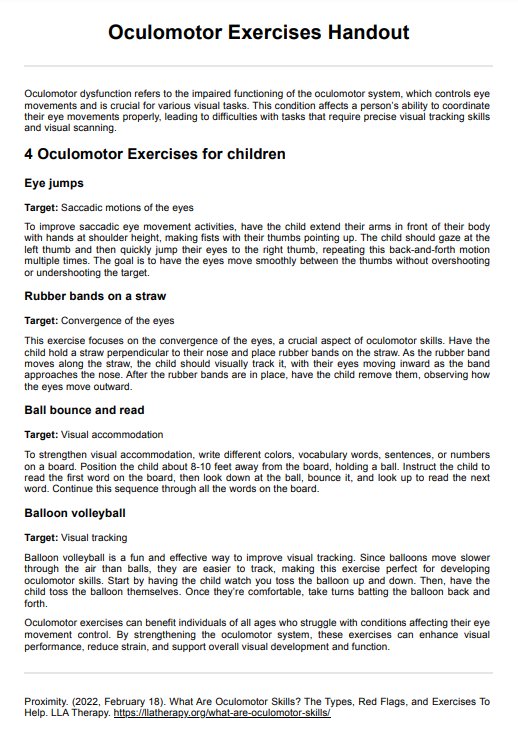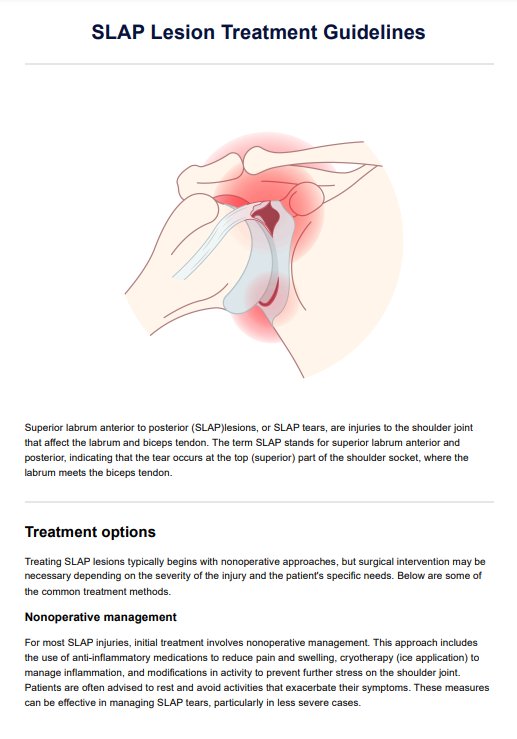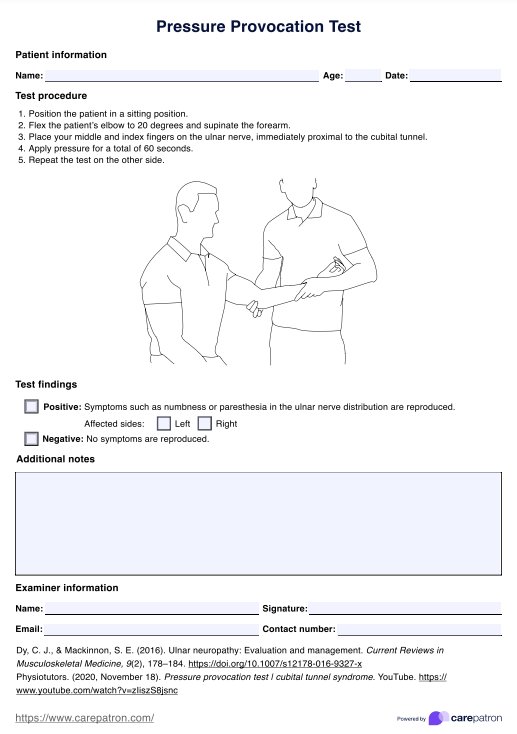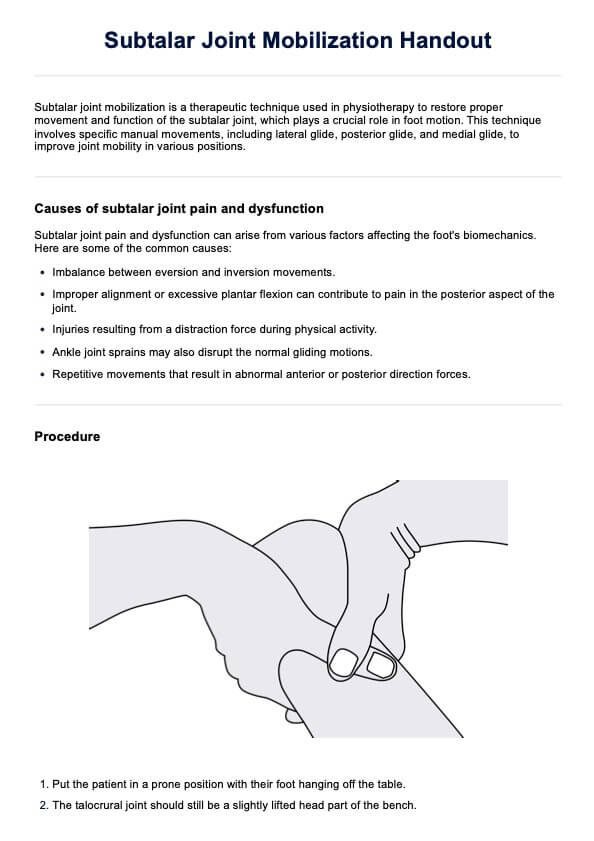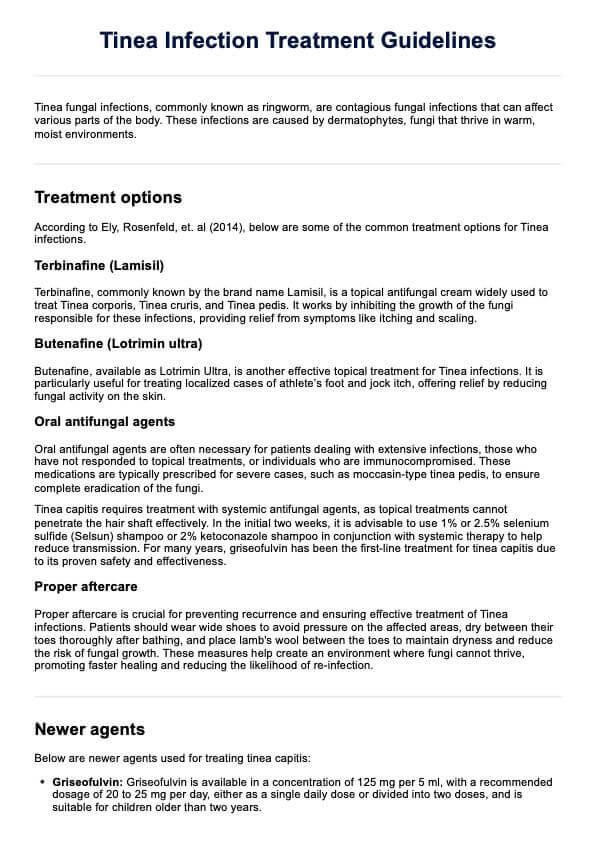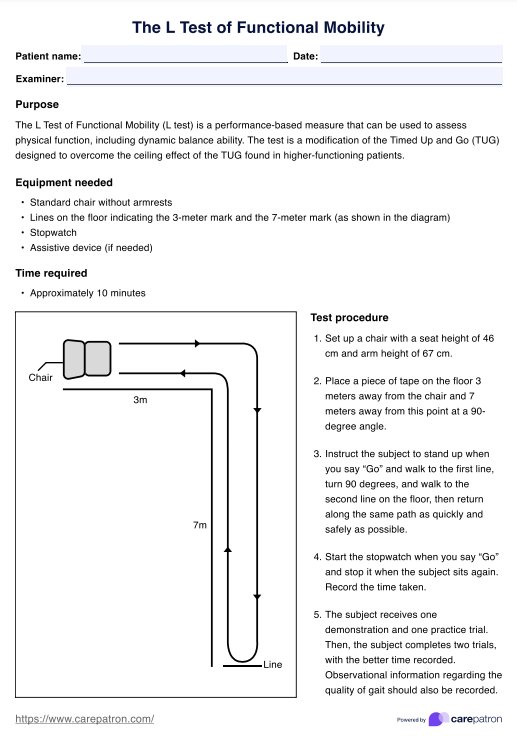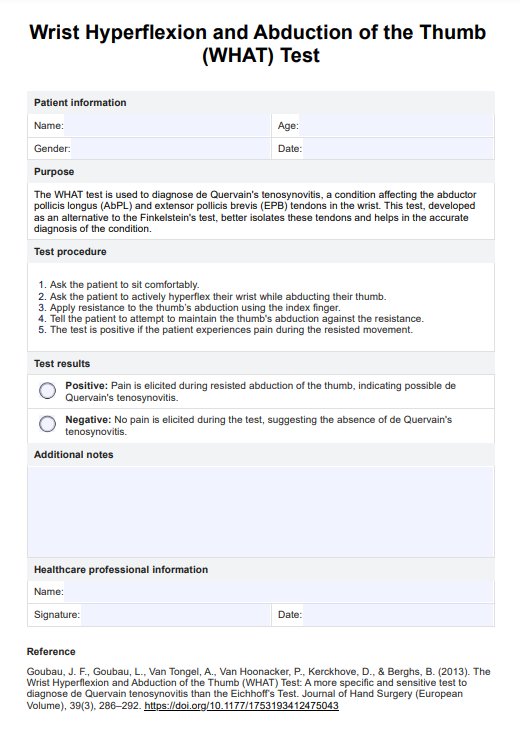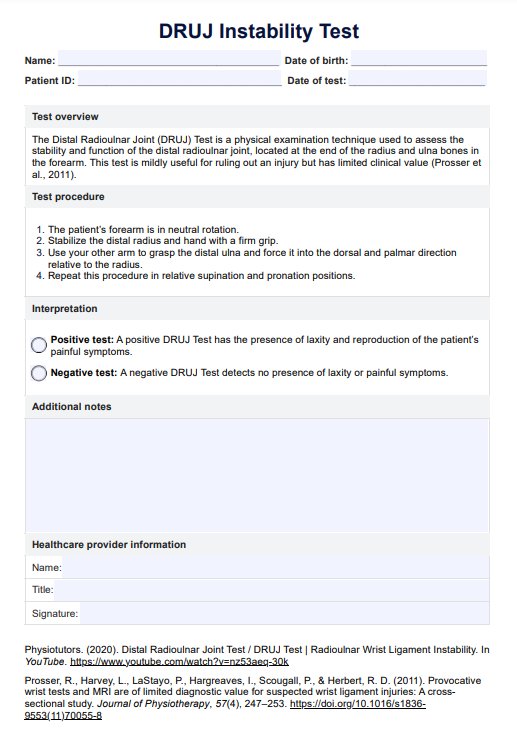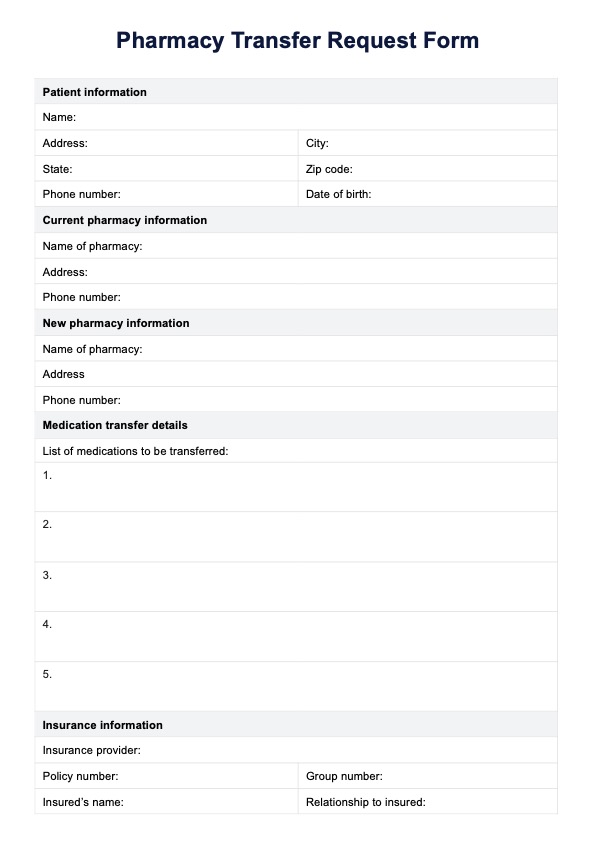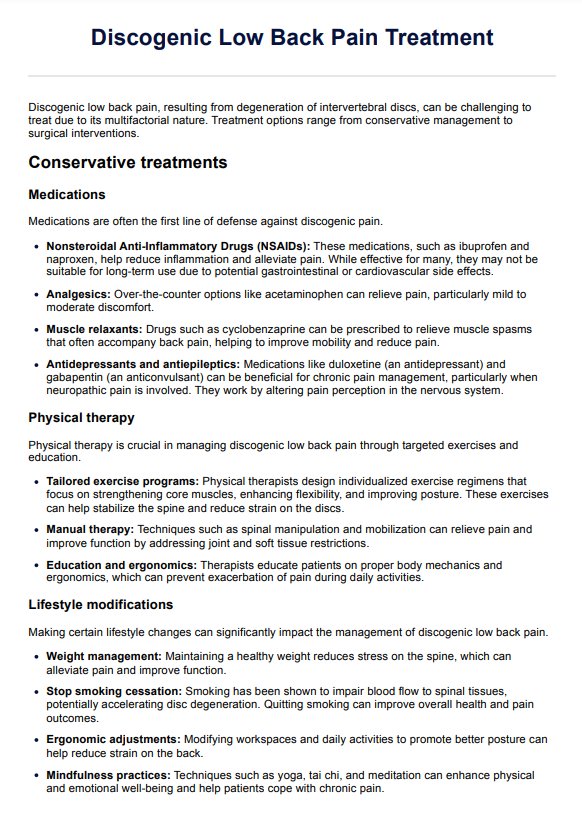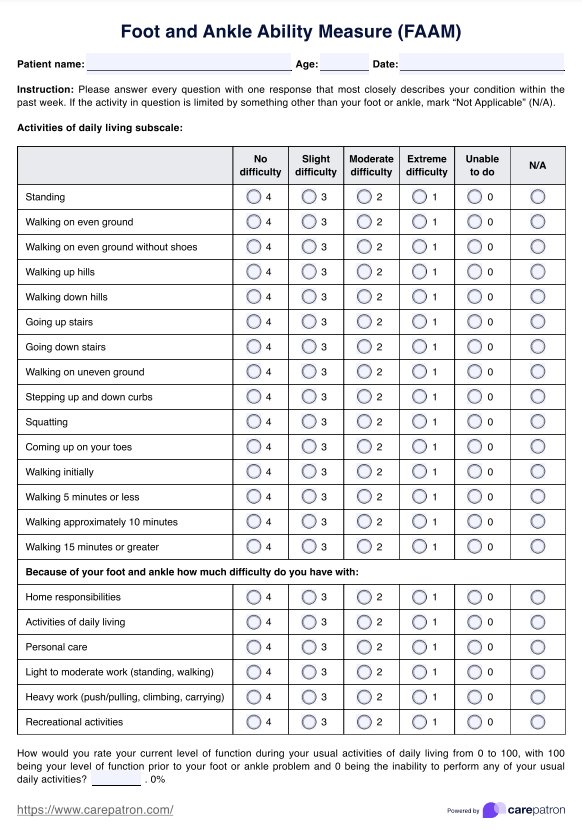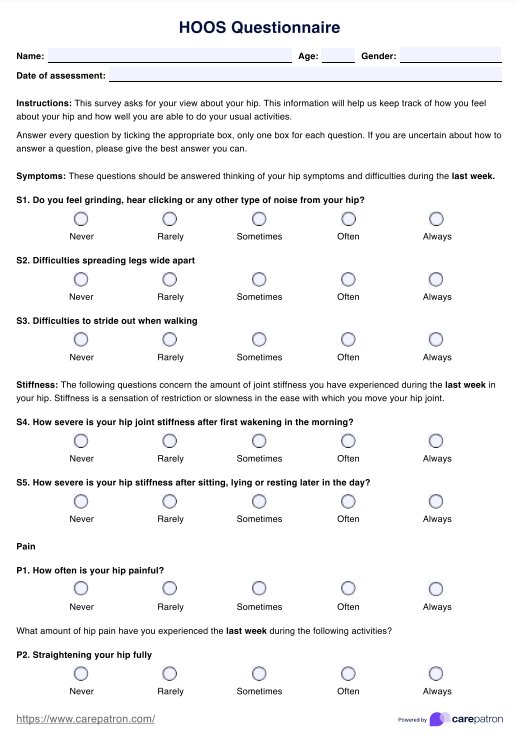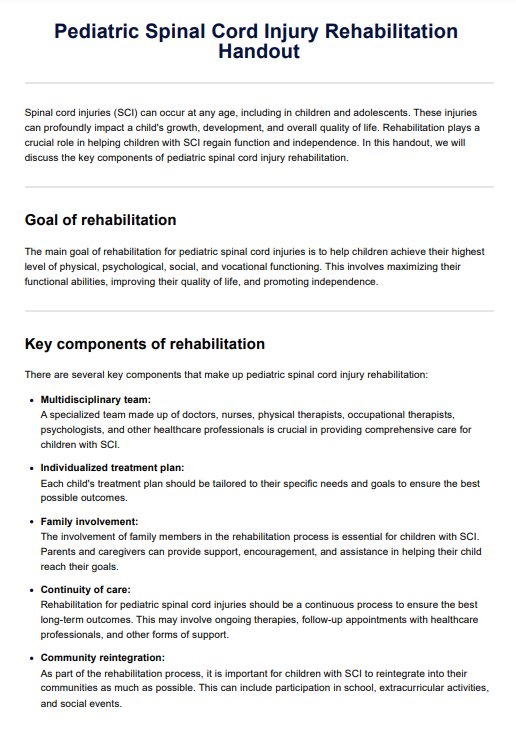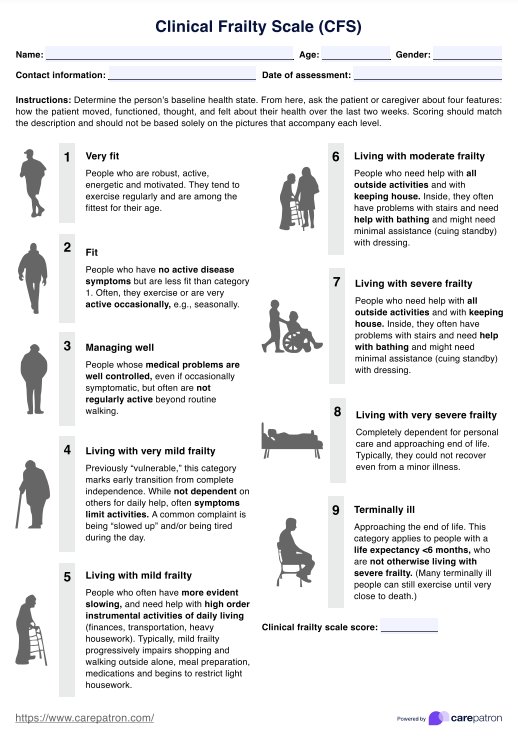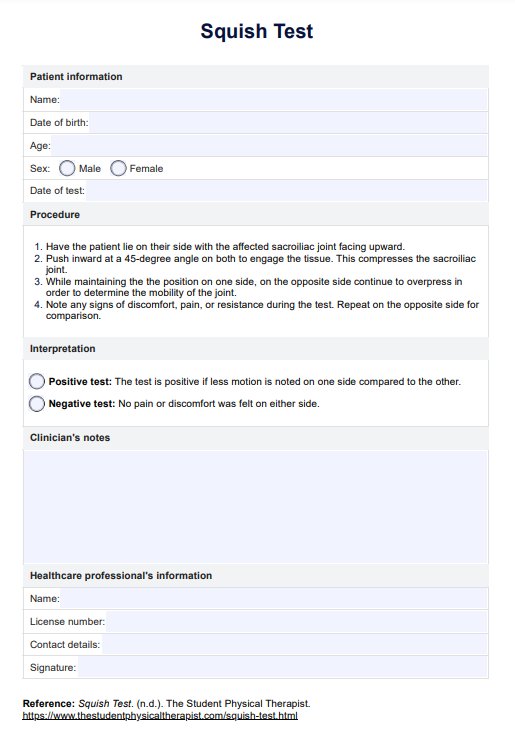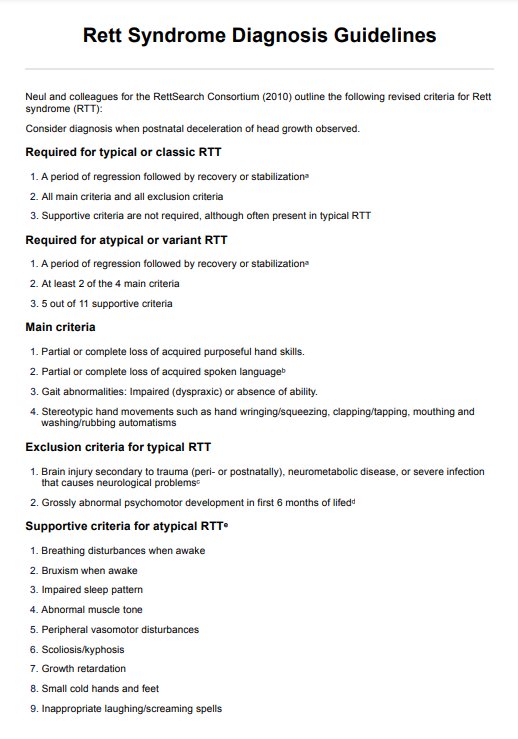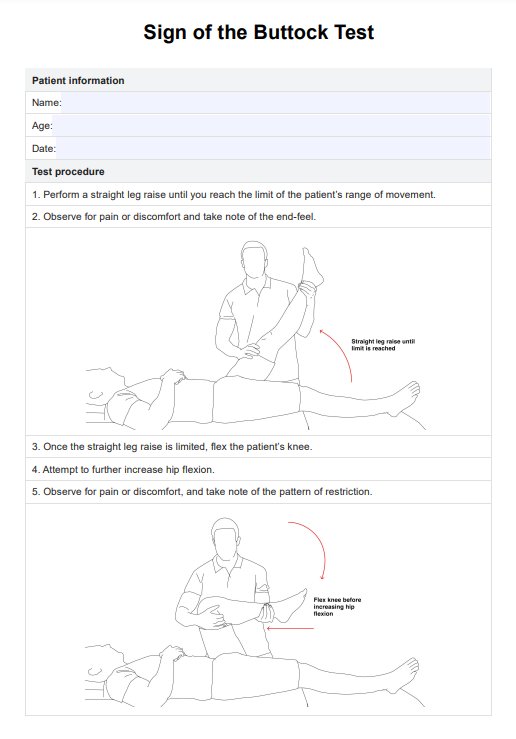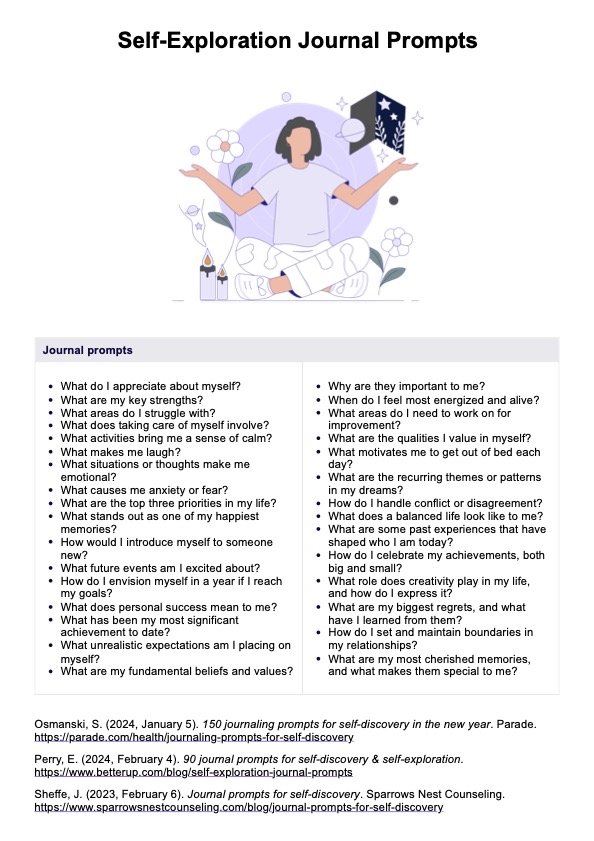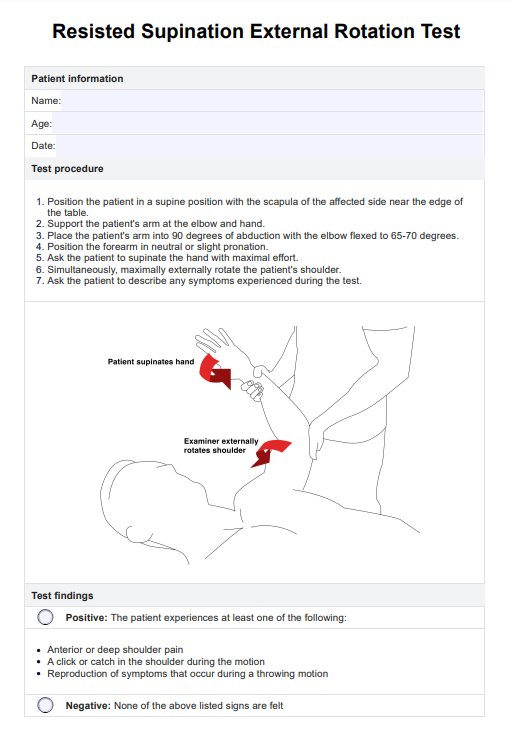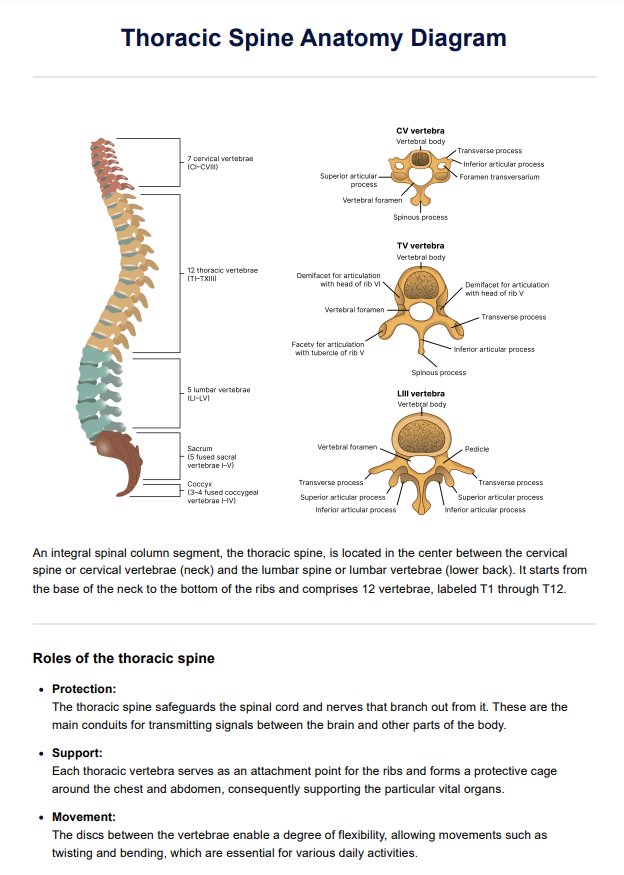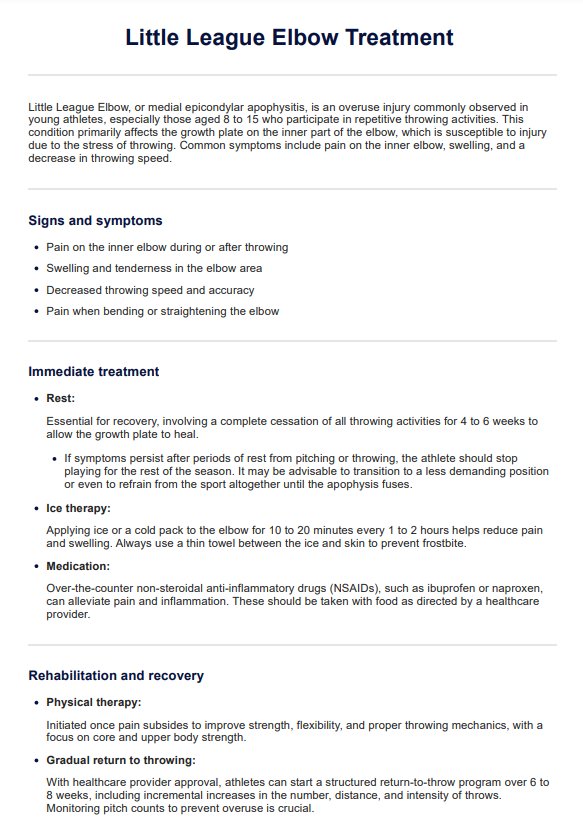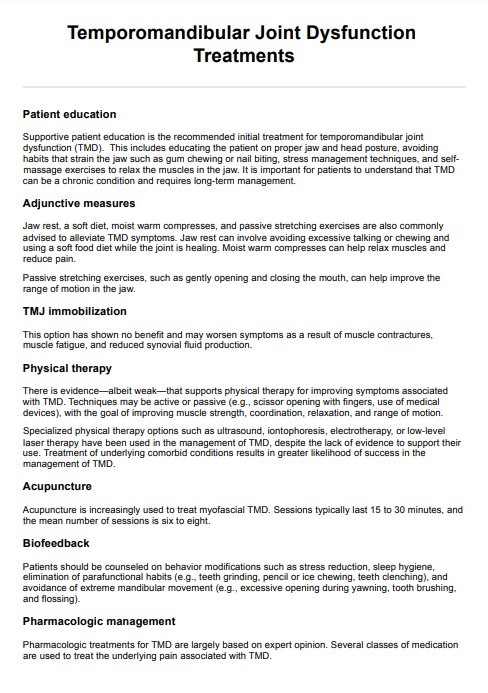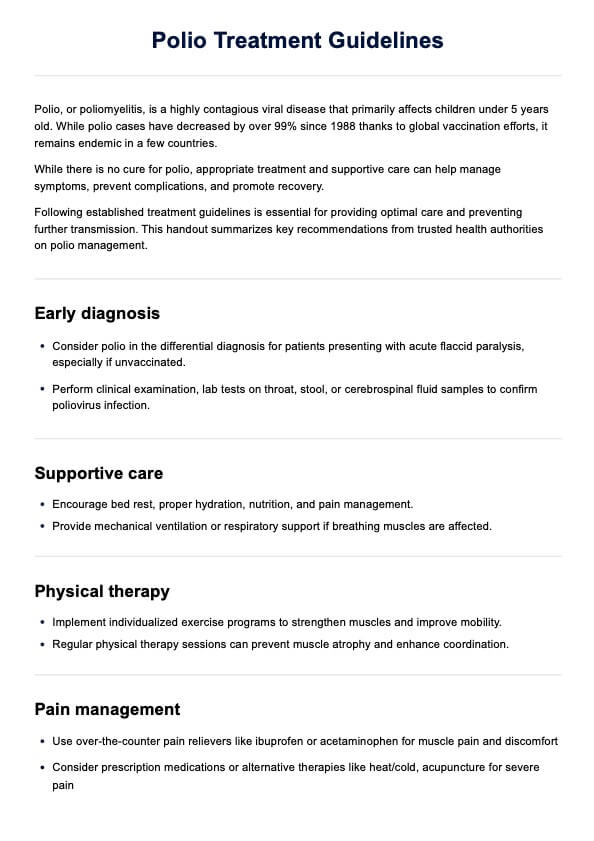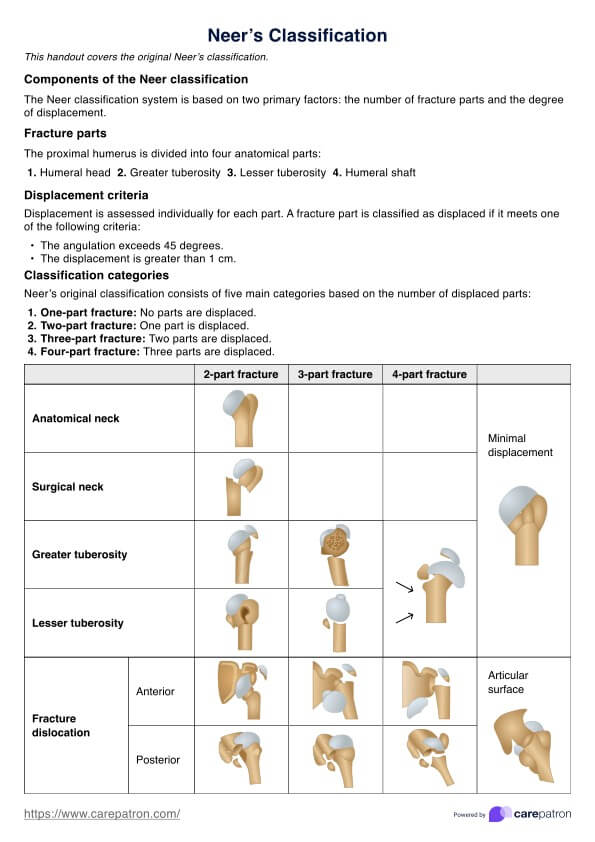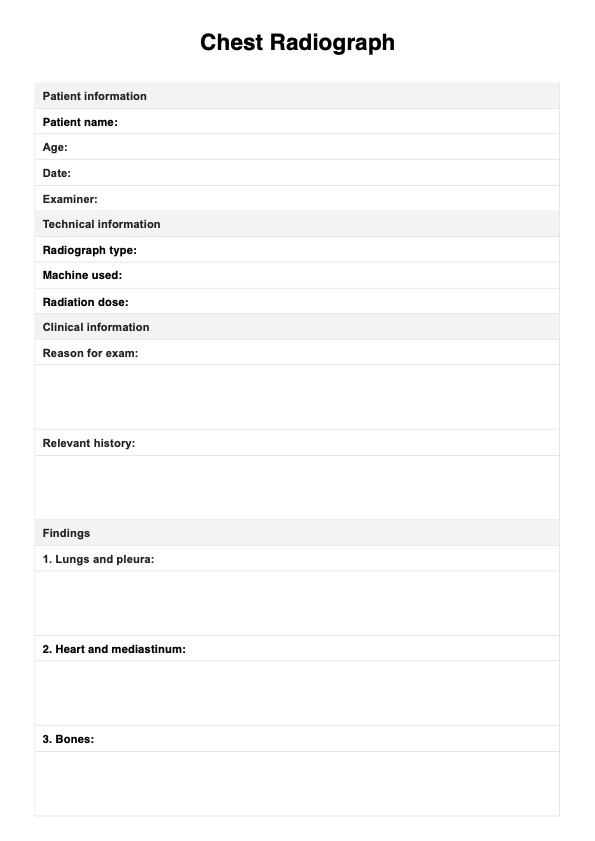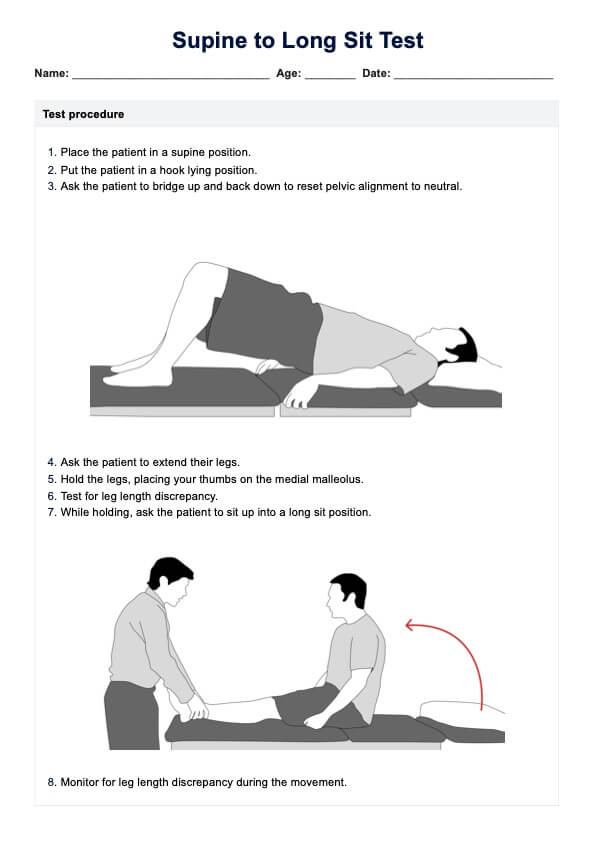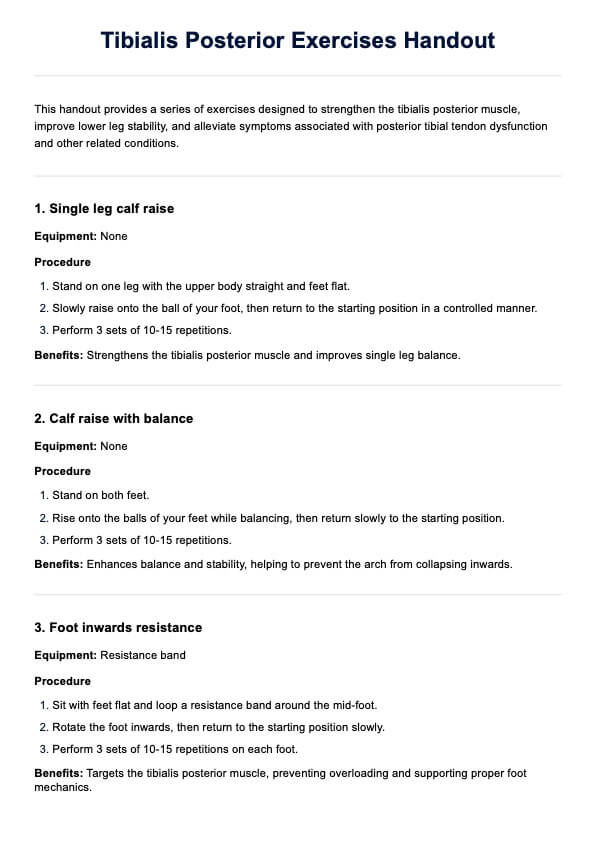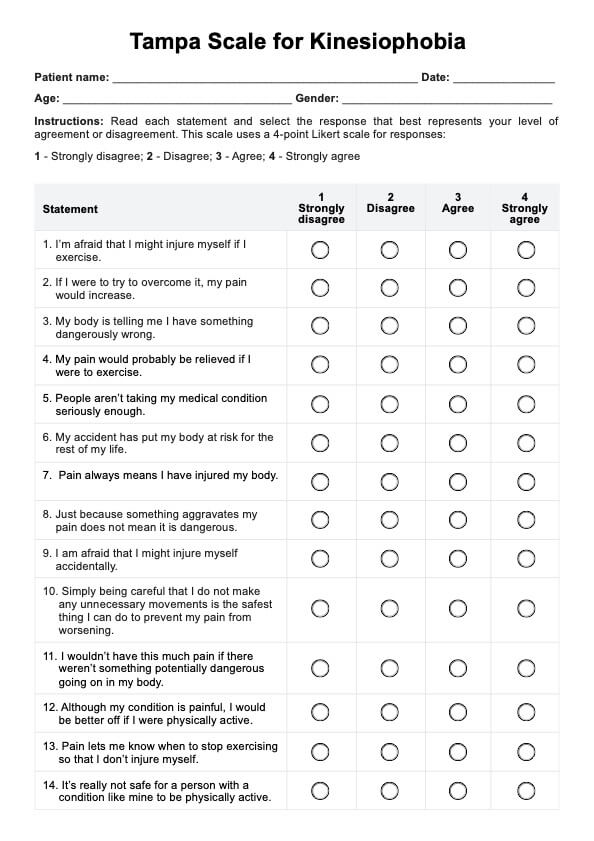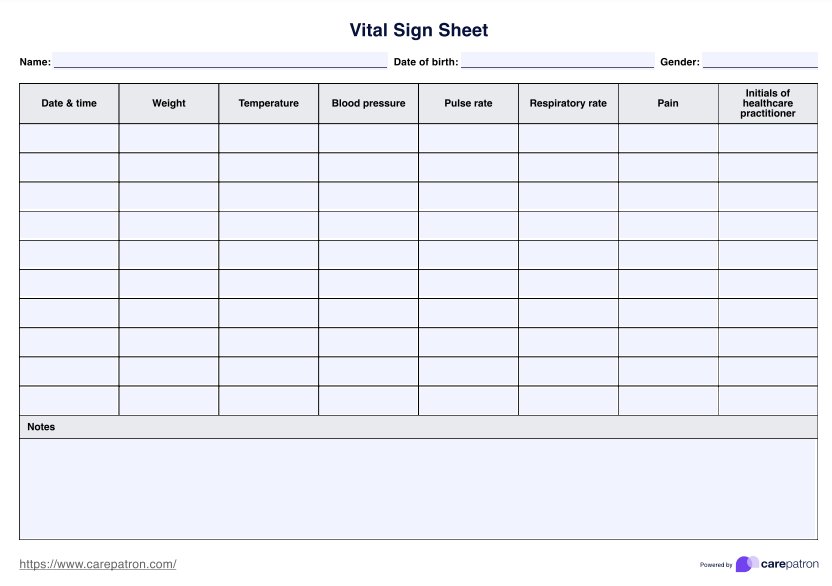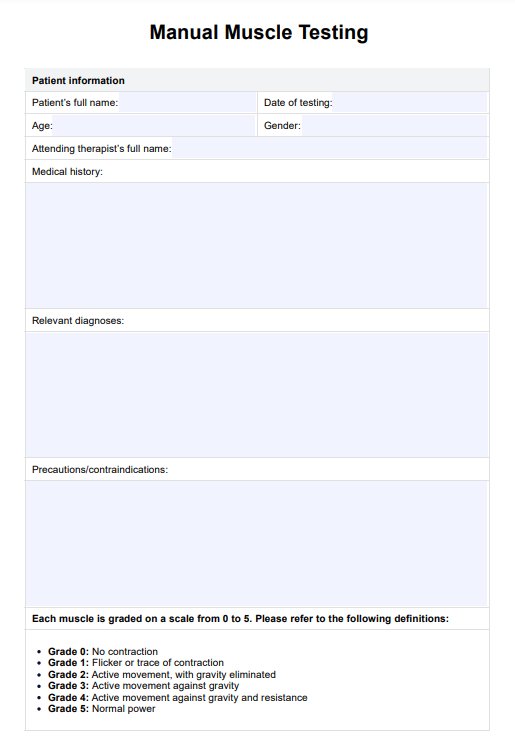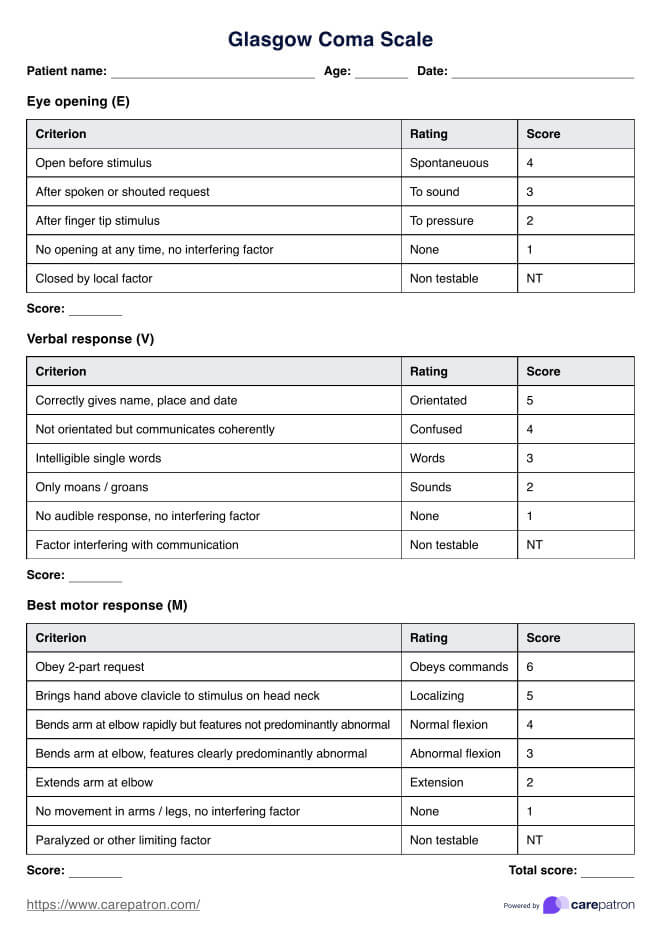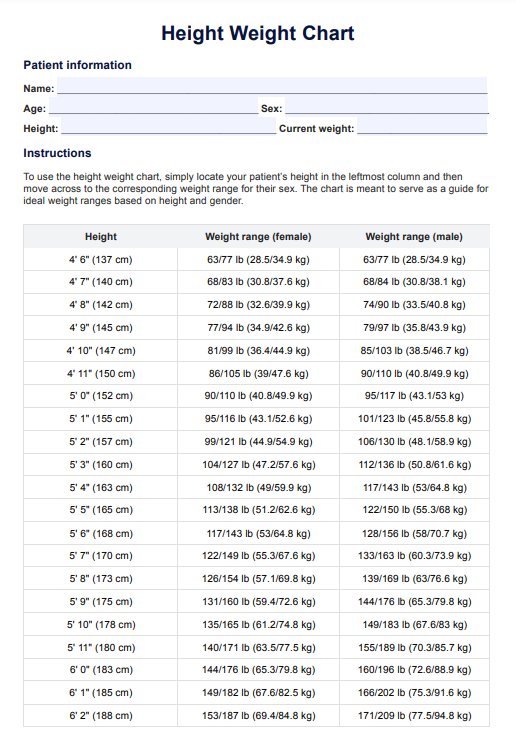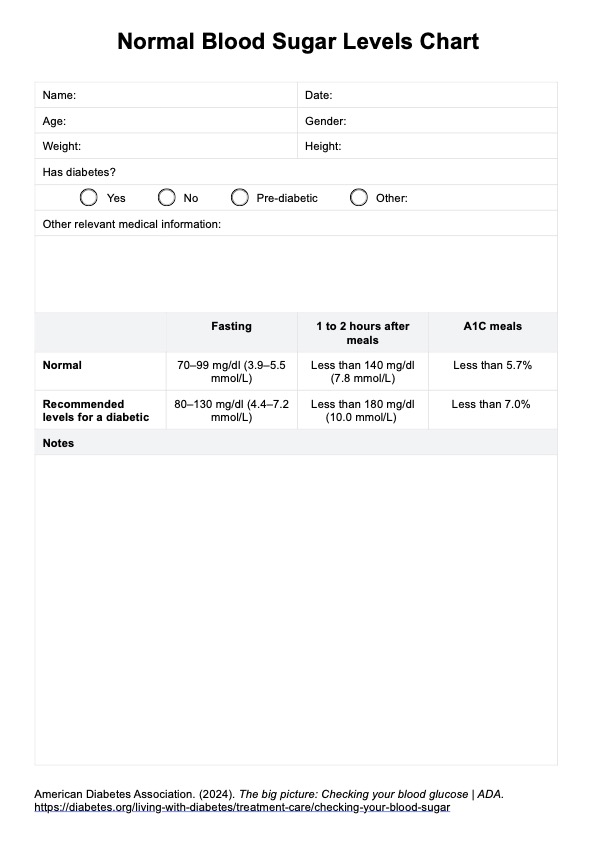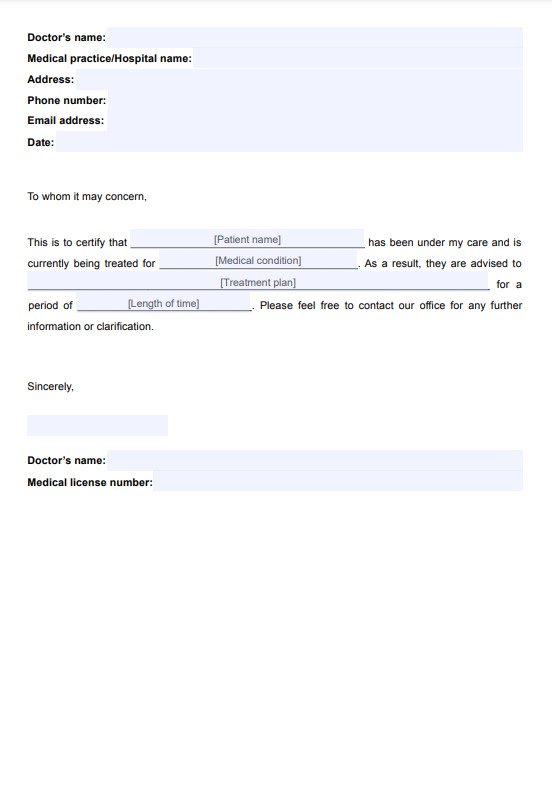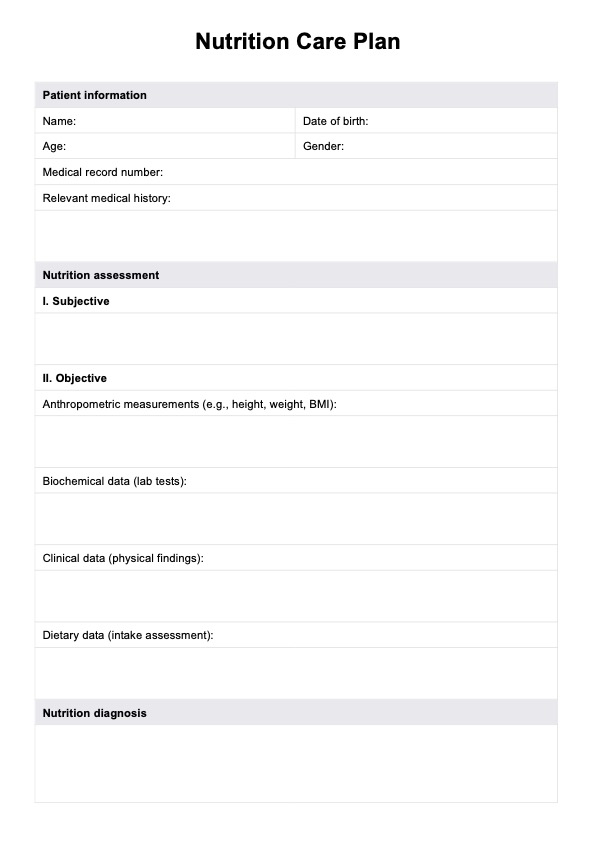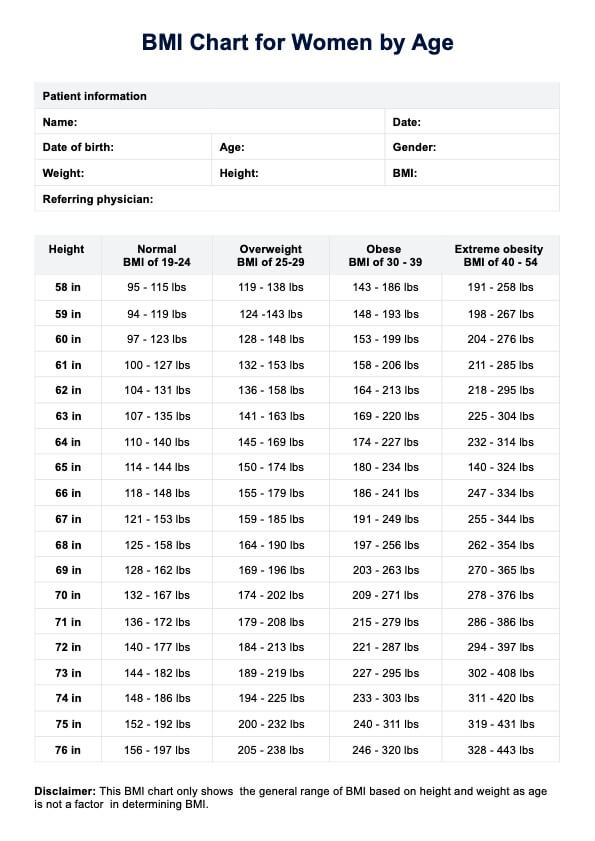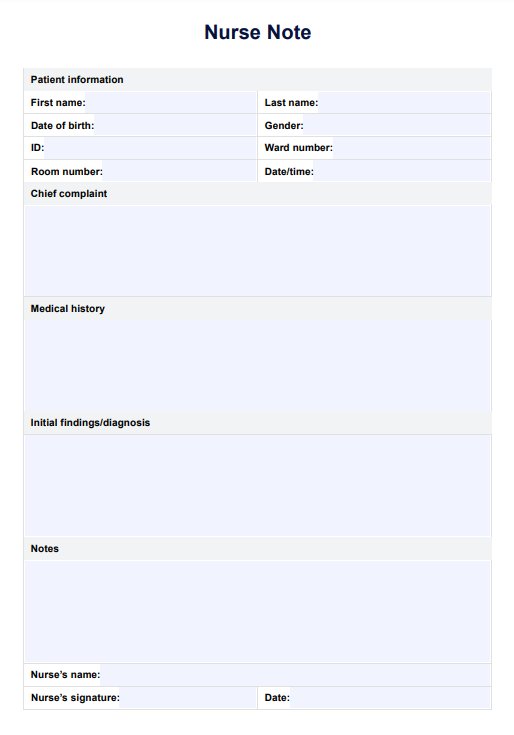Daily Monitoring Forms
Our Daily Monitoring Form template streamlines patient health tracking. Customize, download, and manage patient data for accurate monitoring in clinical settings.


What is a Daily Monitoring Form?
A Daily Monitoring Form is designed to track and record important health and activity information. Originally popularized during the COVID-19 pandemic, these forms were used by hospitals and healthcare providers to monitor medical staff, practitioners, and patients for COVID-19 symptoms. Staff or practitioners would write down if they had experienced any symptoms, interacted with someone who tested positive, or traveled to high-risk areas. This process provided a simple way to complete daily health checks, facilitating testing, isolation, and contact tracing when necessary.
In a post-pandemic context, Daily Monitoring Forms remain valuable for monitoring health within hospitals and healthcare settings. They can also be adapted as templates to manage and monitor inpatients, outpatients, or visitors. These forms ensure a streamlined process for collecting and analyzing health data while maintaining safety standards.
These forms are easy to fill out and provide hospitals and healthcare organizations with essential resources to monitor health effectively.
- Patient details: Name, date, sex, age, and address.
- Reason for visit: Includes details for inpatients, outpatients, or hospital visitors.
- Vital signs: Body temperature and other health indicators.
- Symptoms: A detailed list of any symptoms the person may be experiencing.
- Exposure history: Confirmation of exposure to contagious diseases, with information on who, where, when, and how the exposure occurred.
Daily Monitoring Forms Template
Daily Monitoring Forms Example
How does our free Daily Monitoring Form work?
Follow these steps to ensure accurate monitoring and effective management of patient health.
Step 1: Download the template
The first step is to click this page's "Use template" button for an editable version. This button opens the template in the app's template editor, allowing you to customize it for specific patient care needs. Click "Download" for a PDF format to share with patients.
Step 2: Print or distribute the form digitally
Decide whether to provide printed copies or share the form electronically with patients. Digital distribution is ideal for remote consultations or monitoring multiple patients in various locations.
Step 3: Instruct patients to fill out the form daily
Guide patients to complete the form daily with accurate and detailed information, including their health details, symptoms, and exposure history. Practitioners should emphasize the importance of consistency in monitoring and assist if needed.
Step 4: Review and verify patient submissions
Review the completed forms regularly to ensure accuracy and identify any concerning symptoms or exposure details. This step is crucial for timely interventions and effective patient care.
Step 5: Manage and store patient forms securely
Organize the completed forms systematically in physical files or secure digital systems to ensure easy follow-up access. Practitioners must comply with data privacy regulations while managing patient records.
When would you use this template?
This template can be used in various scenarios to facilitate effective communication and tracking between practitioners and patients. Below are some examples:
- For physicians monitoring patient progress: Use the form to track symptoms, health updates, and changes in patient conditions during consultations or follow-ups.
- To provide an overview for students: Medical or healthcare students can also use the form as part of their training to understand patient monitoring and data collection processes.
- For client communication: Share the form with clients to collect health data before consultations or procedures, ensuring they provide all necessary information.
- In clinics and hospitals: Physicians and healthcare staff can use the template to standardize daily monitoring for admitted patients or those under specific care plans.
- On websites or patient portals: Offer the form as a downloadable resource to facilitate remote monitoring and communication with patients.
Benefits of using our Daily Monitoring Form template
The Daily Monitoring Form provides numerous benefits for medical practitioners, patients, and healthcare organizations. Its structured design and adaptability make it an essential tool for improving healthcare processes and outcomes. Below are the key advantages:
Enhanced health monitoring
The form allows you to gather detailed and accurate health data, helping them monitor symptoms, treatment progress, and overall patient well-being during a specific period.
Customizable and editable templates
You can modify and edit the monitoring form to suit various patient needs, ensuring its relevance across different healthcare settings. This flexibility saves space by eliminating unnecessary fields and tailoring it for precise data collection.
Improved communication
Using a monitoring form facilitates clear communication between medical staff, practitioners, and patients. Digital forms shared through a website or electronic platform ensure seamless interactions, especially in remote care settings.
Streamlined documentation
The form provides a consistent method to document patient health records, ensuring compliance with healthcare regulations and standards. This comprehensive documentation is vital for treatment planning and legal requirements.
Support for medical staff training
Students and new medical staff can use the form as a learning resource to understand the importance of monitoring and data gathering in clinical practice. It offers an excellent overview of patient care processes.
Facilitates timely interventions
Regular reviews of completed forms enable practitioners to identify potential health concerns early and proceed with appropriate treatment measures.
Commonly asked questions
Anyone can use a daily monitoring form. However, the medical staff who monitor everyone who goes in and out of the clinic or hospital will benefit the most from them.
It's up to the ones collating the forms to use them however they deem necessary.
Its necessity varies from one hospital to another. However, there are benefits to having one, just in case. For a full list of those benefits, please refer to the benefits section of this guide.


